The bathroom decoration and design industry in the United States has become increasingly influenced by the principles of simple lines, modern minimalism, and functional innovations. In some ways, these principles have transformed into a fixed device: the floating bathroom vanity.
Once regarded as a luxury item found only in high-end hotels or designer homes, the floating vanity is now popular in homes and commercial properties across the US. With its attractive look and functional benefits, this wall-mounted design has dramatically changed Americans' understanding of bathroom storage, space and style.
A modern aesthetic that attracts current homeowners
One of the main reasons why floating bathroom vanity is becoming increasingly popular is its aesthetic diversity. Its simple and minimalist silhouette seamlessly blends with various interior design styles ranging from contemporary and Scandinavian to transitional and even industrial.
Unlike traditional dressing tables lying on the floor, the floating model is directly installed on the wall, giving people the illusion of it "floating" on the ground. This adds visual lighting to the room, creating a sense of openness and ventilation - a key feature of small or enclosed bathrooms.
Interior designers often use floating bathroom vanity to introduce architectural fun while maintaining simplicity. They can enhance the visual appeal of the space without overwhelming it, which is particularly valuable in modern bathroom renovations.
Maximizing footprint and enhancing accessibility
Smart space utilization is crucial in urban environments with high square feet. A floating bathroom vanity is an ideal solution to address this challenge. Releasing floor space can achieve more flexible room layouts and easier cleaning procedures.
Homeowners appreciate the additional visible building area, which makes even compact bathrooms appear larger. The space under the dressing table can be kept open to achieve a minimalist appearance or creatively used - for example, as a basket for towels or decorative storage space.
In addition, due to the floating bathroom vanity's customizable installation height, it is often favoured in general design or on-site ageing renovation. The adjustable installation method makes it easier to meet the specific ergonomic needs of families, whether they are children, elderly family members, or individuals with limited mobility.

Simplify cleaning and maintenance.
Hygiene and ease of cleaning are the primary tasks of modern bathrooms. One of the prominent advantages of a floating bathroom vanity is its contribution to a cleaner environment.
Because it does not touch the floor, there are no hidden corners where dust, hair, or moisture can accumulate. Homeowners and cleaning professionals praised the design for its easy access under the dressing table, which reduces the time and effort required for regular bathroom maintenance.
This is particularly important in busy home and commercial spaces such as hotels and spas, where cleanliness standards are high and cleaning efficiency is crucial.
Uncompromising storage solution
A common misconception about floating bathroom cabinets is that they provide less storage space than floor-standing ones. Advances in cabinet design have enabled manufacturers to create floating dressing tables with intelligent storage configurations.
Many floating bathroom cabinets have deep drawers, drawer-style storage racks, or built-in partitions that can take up every inch of space. Some models even include integrated power sockets, LED lighting, or concealed compartments for concealed storage.
This balance between design and functionality is key in high-demand areas such as urban and small apartments. Users can enjoy the appearance of a modern bathroom without giving up the practical storage space needed for daily use.
Customization and material variety
With consumers' growing demand for personalization, the floating bathroom vanity market has expanded to offer various customization options. Buyers can choose from various widths, depths, finishes, countertop materials, and hardware styles.
Whether you prefer a natural wooden appearance, matte black modernism, or a classic white paint finish, there is a floating bathroom vanity for you. This flexibility allows homeowners and designers to customize bathrooms according to specific design goals and lifestyles.
In addition, environmentally conscious consumers are turning to floating vanity tables made of sustainable or recyclable materials. Many American manufacturers now offer green-certified products that comply with environmentally friendly building practices.
The trend is supported by market growth
The market for floating bathroom cabinets is not just a design trend; it reflects a broader shift in consumer behaviour and building standards. According to a report by the National Kitchen and Bath Association (NKBA) in 2024, the demand for floating dressing tables has increased by over 30% in the past two years, particularly in urban development and high-end decoration.
Building and interior contractors report that floating vanity is a standard requirement for many new constructions. Customized residential projects in California, Florida, and New York tend to incorporate floating elements into bathroom designs for aesthetic and functional reasons.
Major retailers and bathroom equipment brands in the United States, including Kohler Wayfair、 IKEA and Signature Hardware, have expanded their floating bathroom vanity series to meet this growing demand, offering models that cater to various price points and installation needs.
Challenges and installation precautions
Despite the many benefits, installing a floating bathroom vanity has unique requirements. Unlike standalone models, floating dressing tables must be securely fixed to wall studs or reinforced backing to withstand the weight of cabinets, sinks, and countertops.
This usually requires planning during the framework stage of construction or decoration. We strongly recommend professional installation to ensure safety, stability, and correct alignment. Additional structural engineering may be required for houses with non-standard walls or old pipe configurations.
However, once installed correctly, the returns in terms of durability and style are enormous, making the efforts of most homeowners and professionals worthwhile.
Conclusion: A Nail in Modern Bathroom Design
Floating bathroom vanity is not just an outdated design trend but a strategic upgrade that provides tangible benefits. From aesthetic multifunctionality and space optimization to hygiene advantages and long-term value, it's no wonder this fixture has become a fixture in American bathrooms.
As the US housing market emphasizes smart, stylish, and functional living spaces, we can expect to see floating bathroom vanities play a greater role in bathroom design—from compact city apartments to luxurious suburban homes.
As more and more manufacturers invest in innovation, consumers' interest in minimalist yet practical designs remains high, and floating bathroom vanity will maintain strong momentum in the bathroom furniture industry in 2025 and beyond.

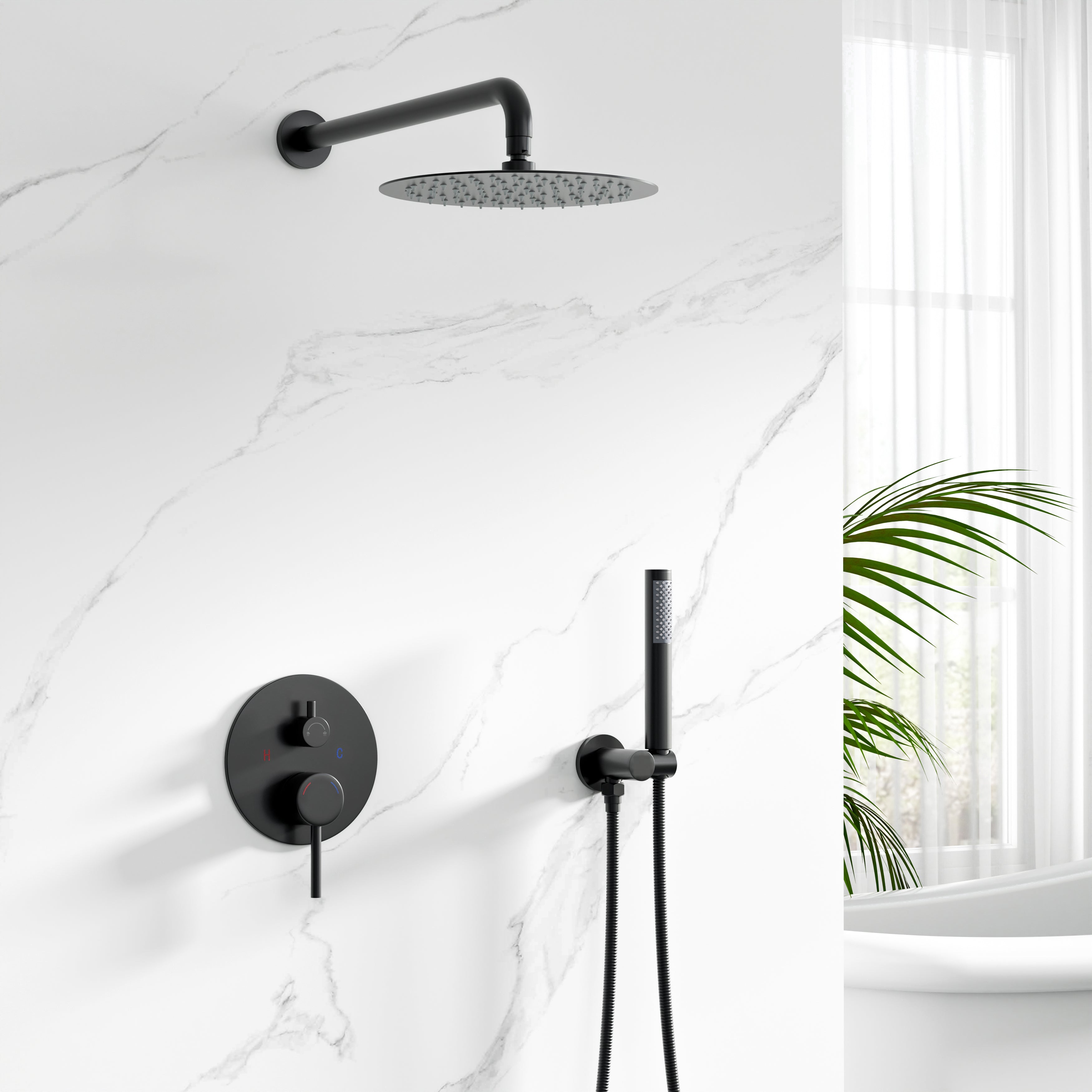
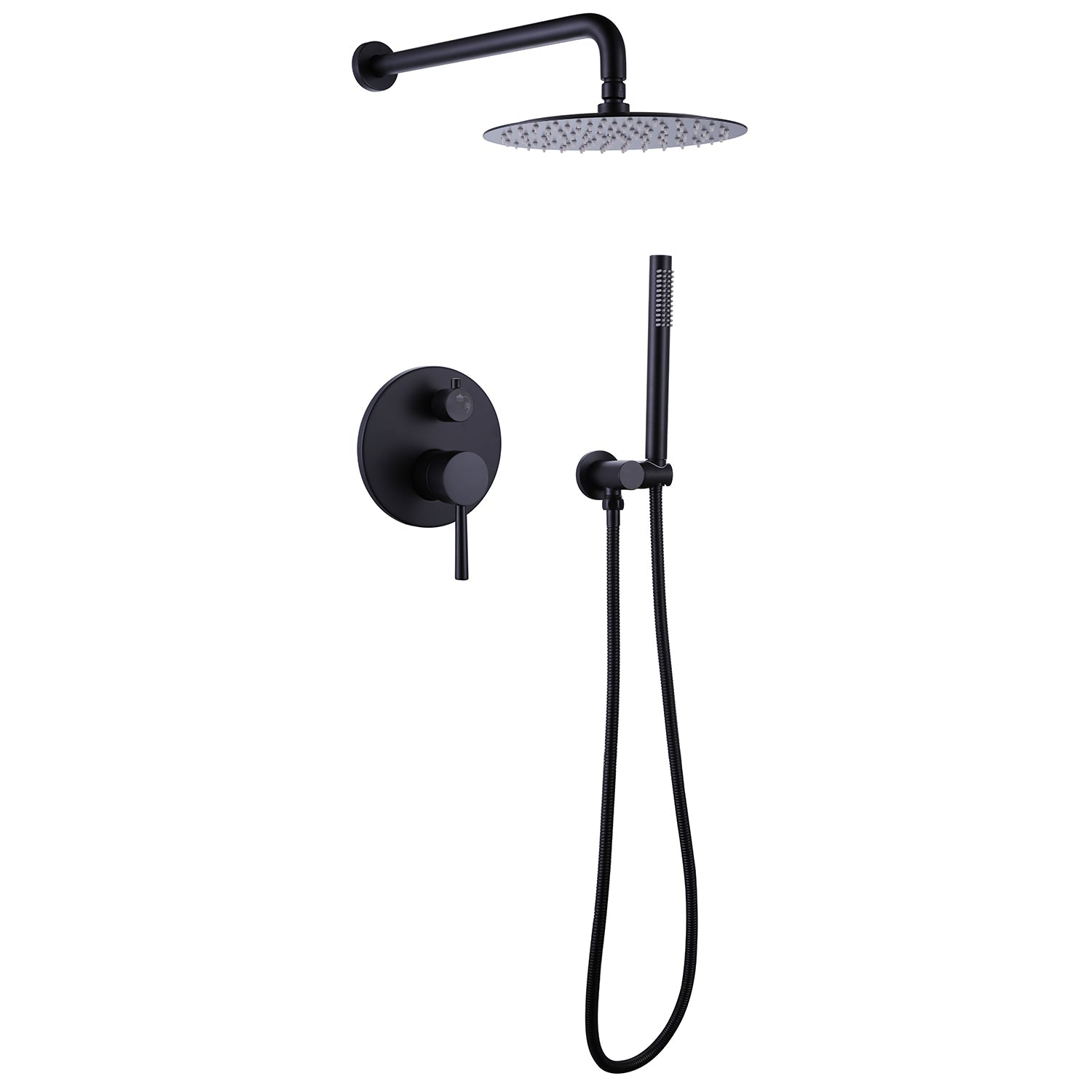


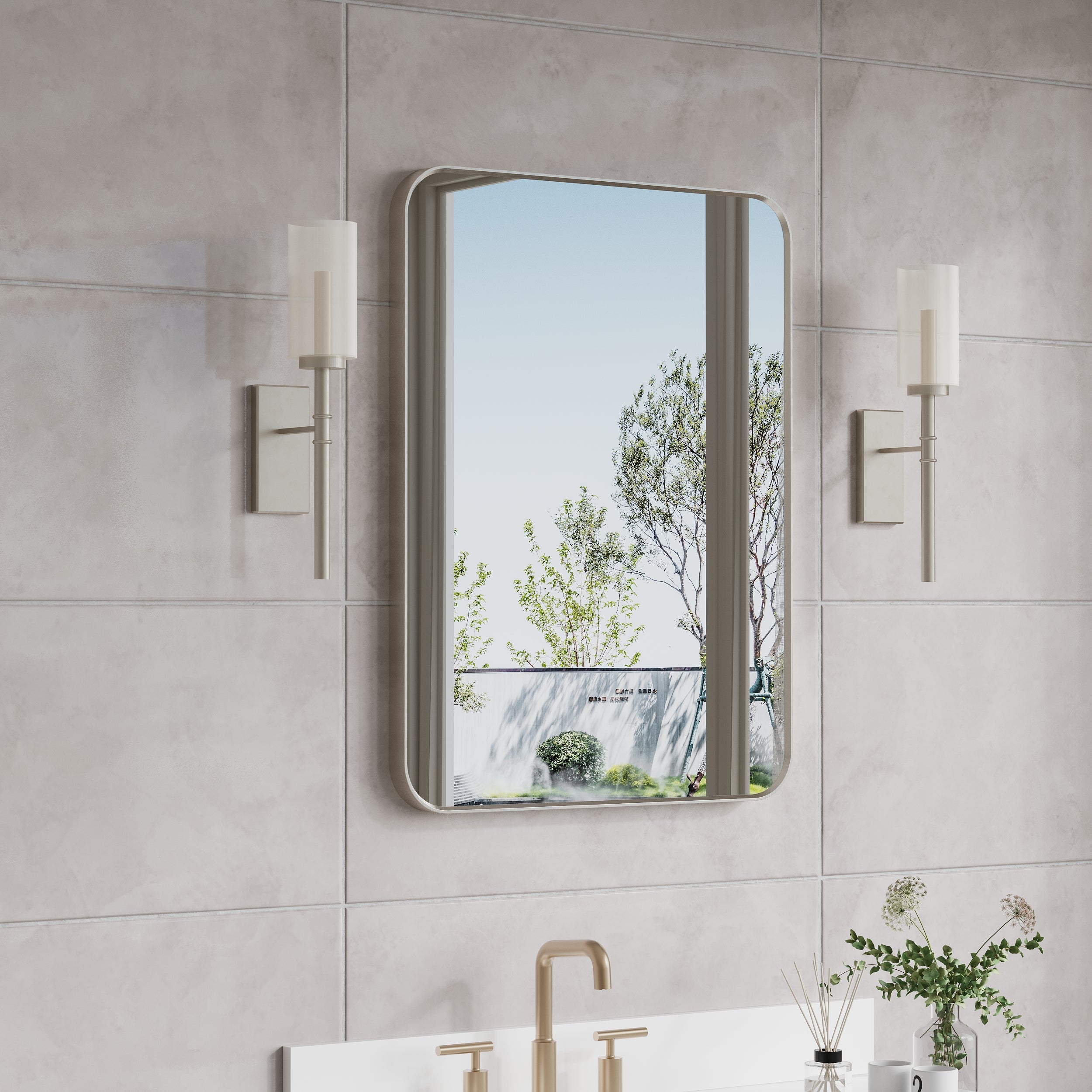
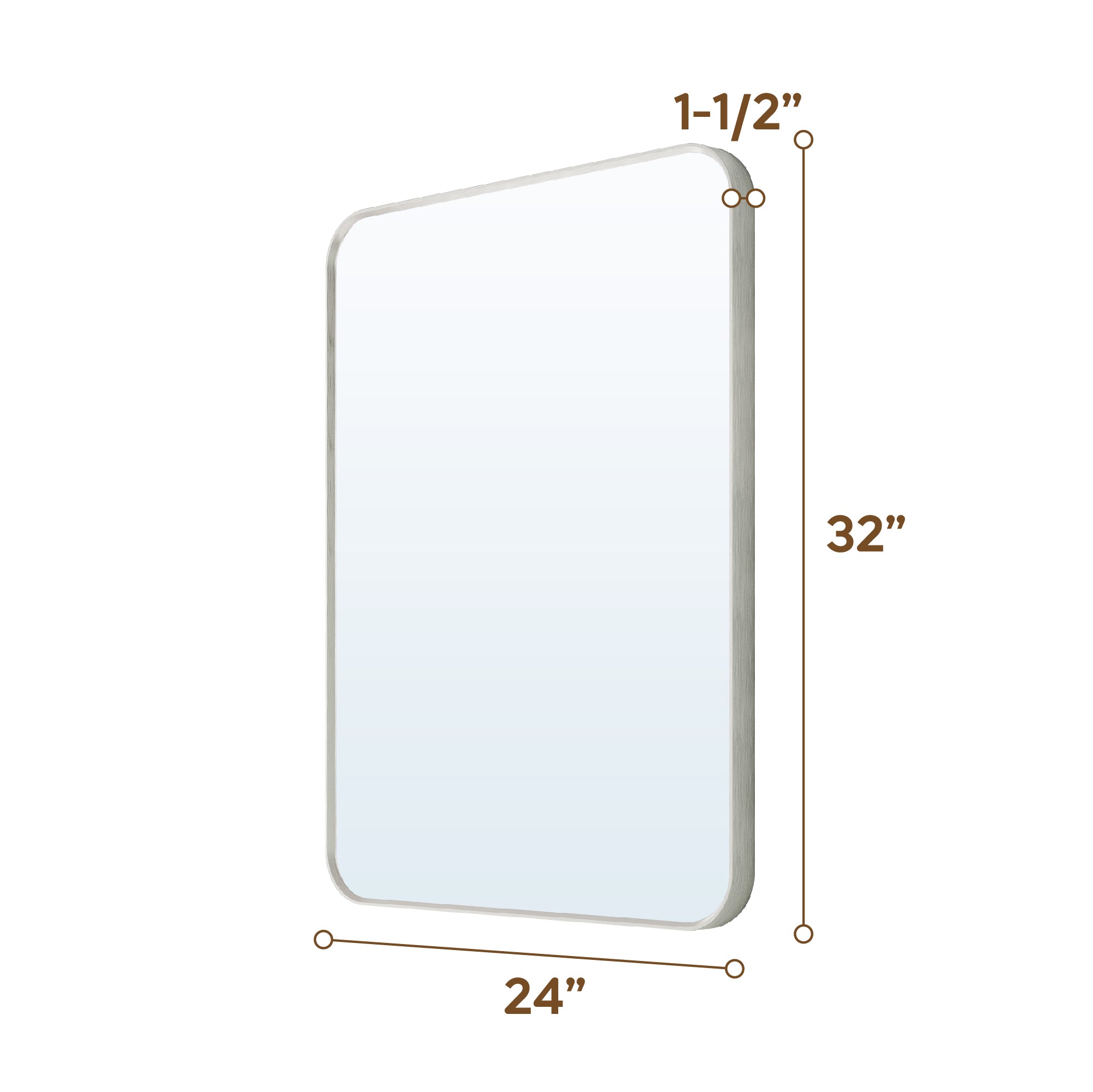
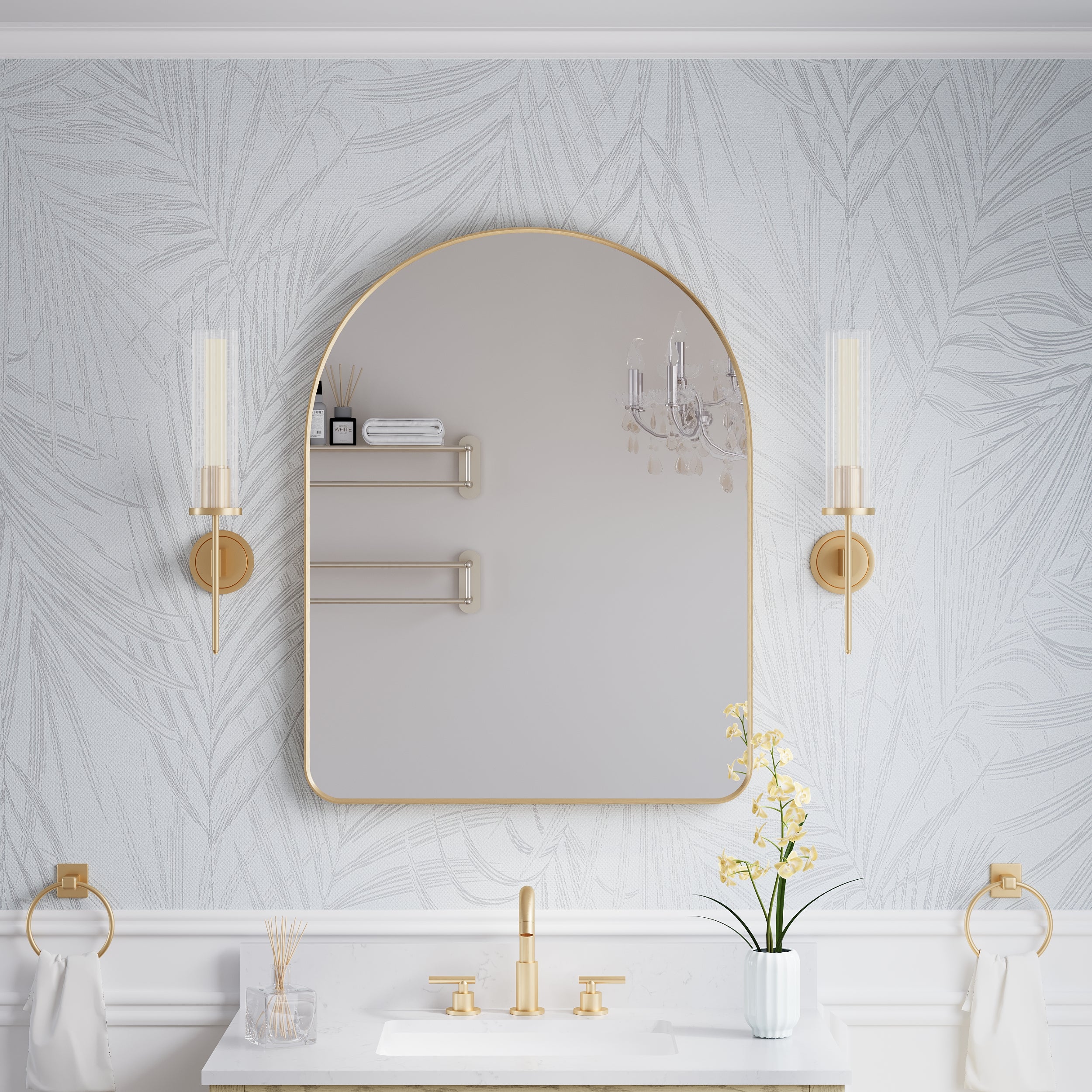


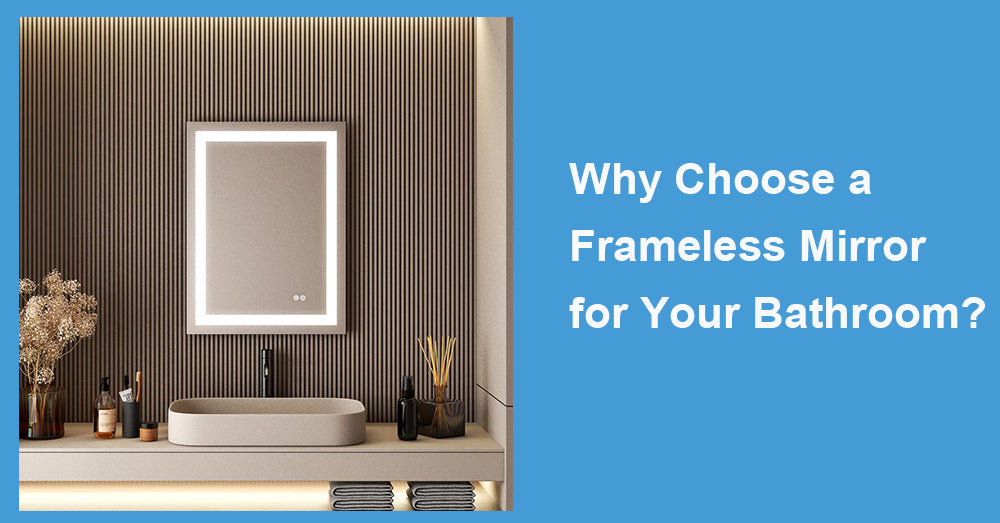
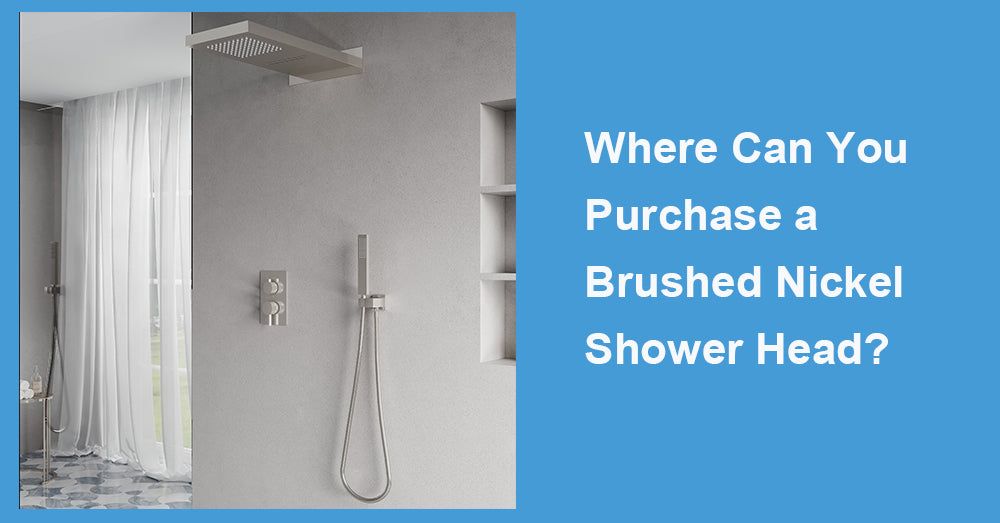
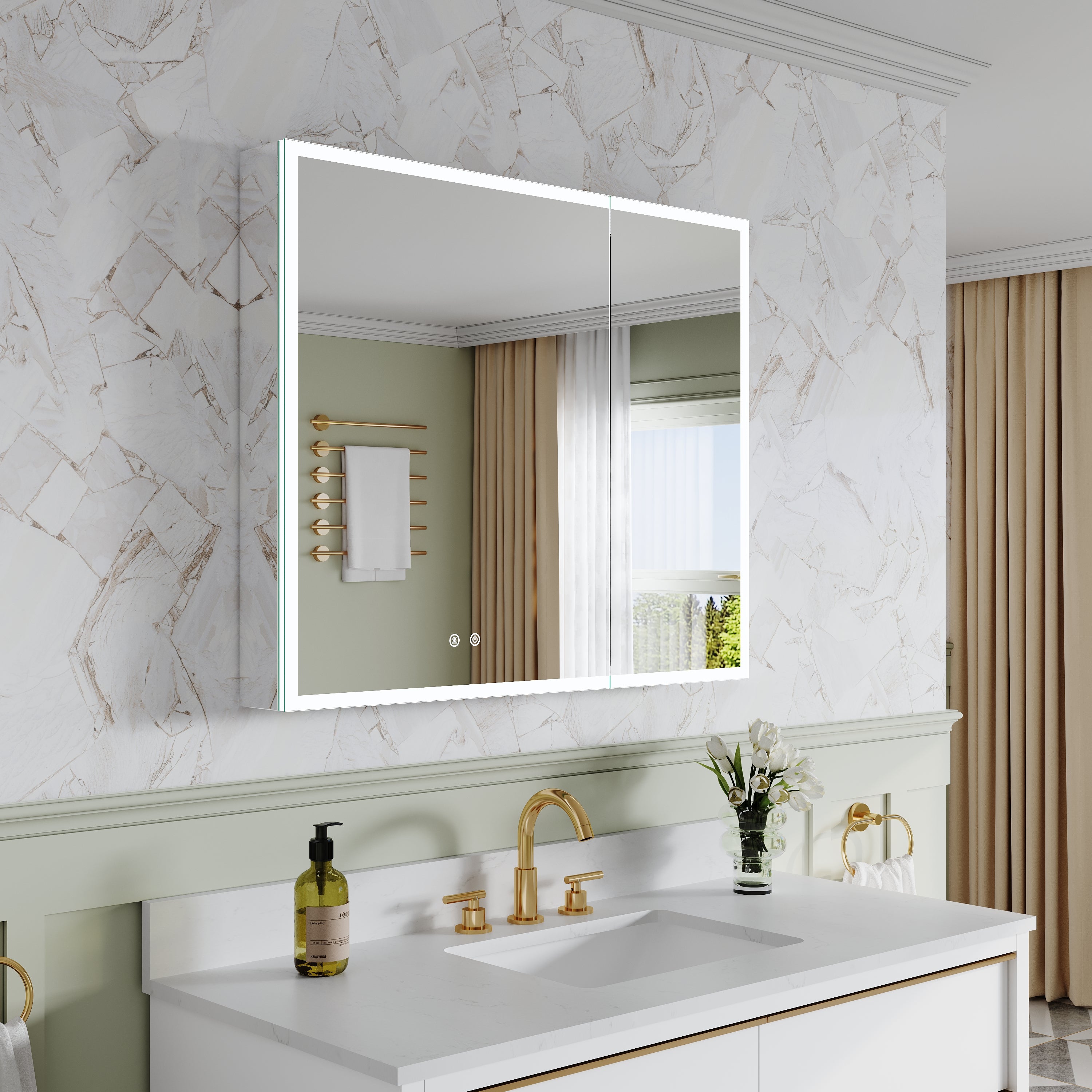
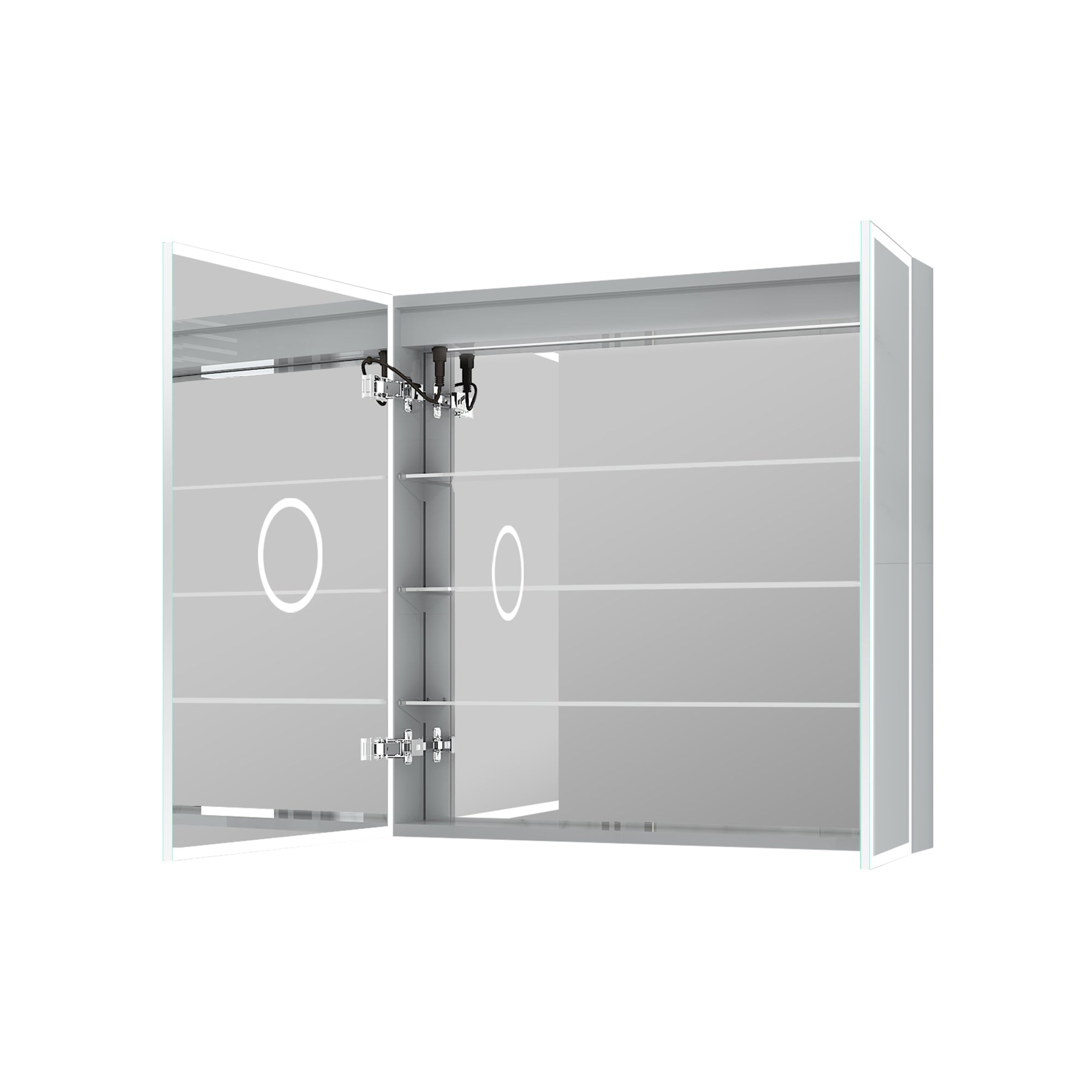
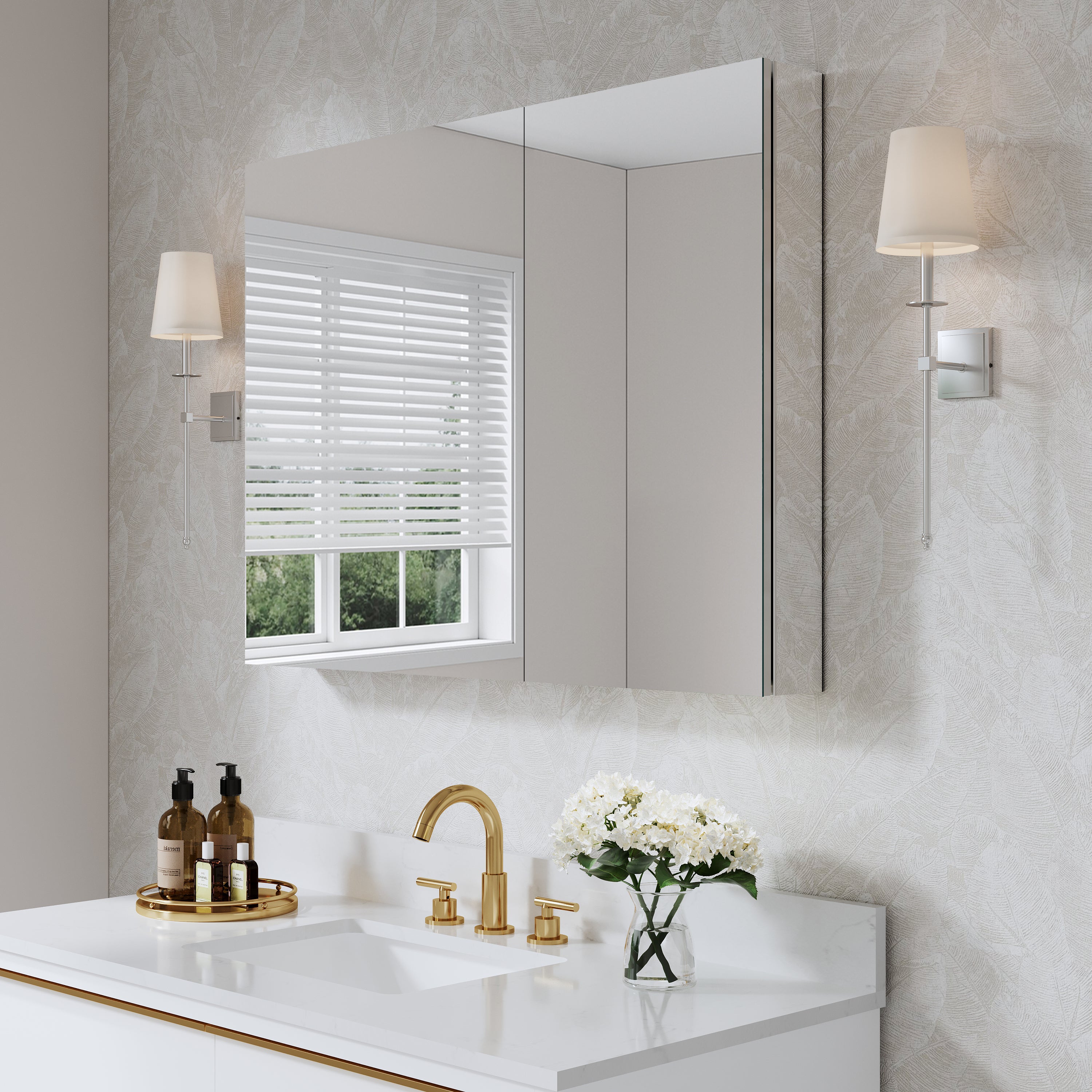

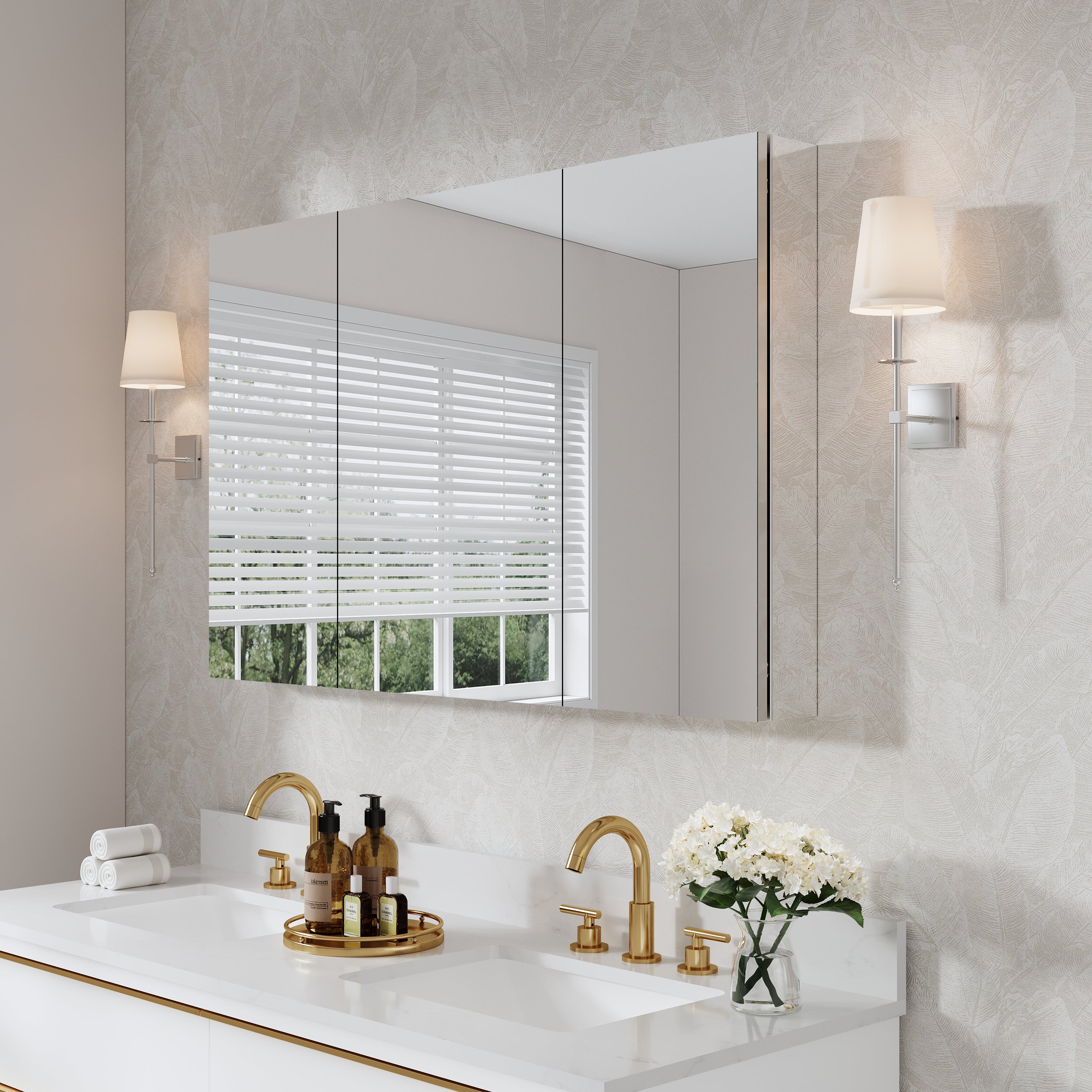
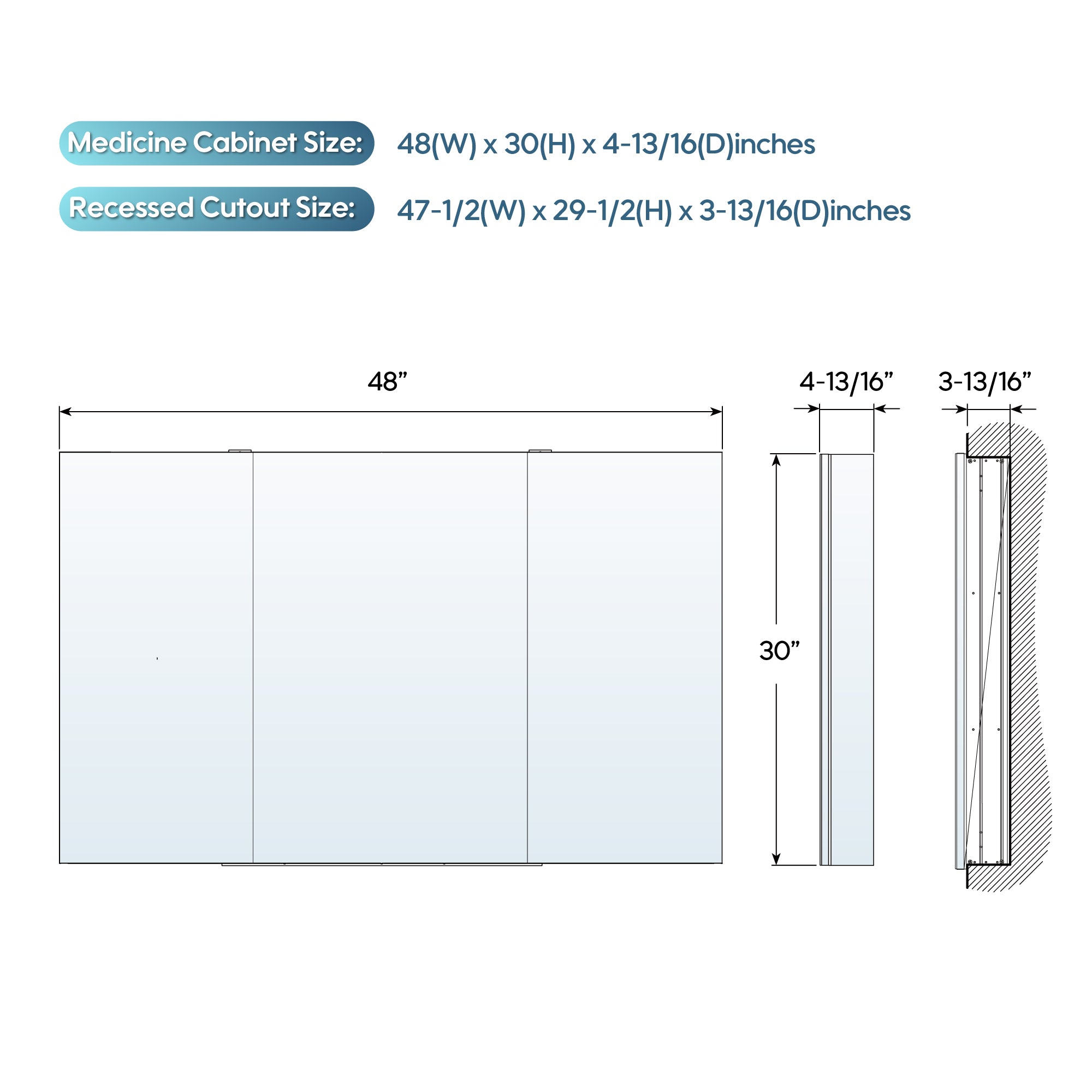
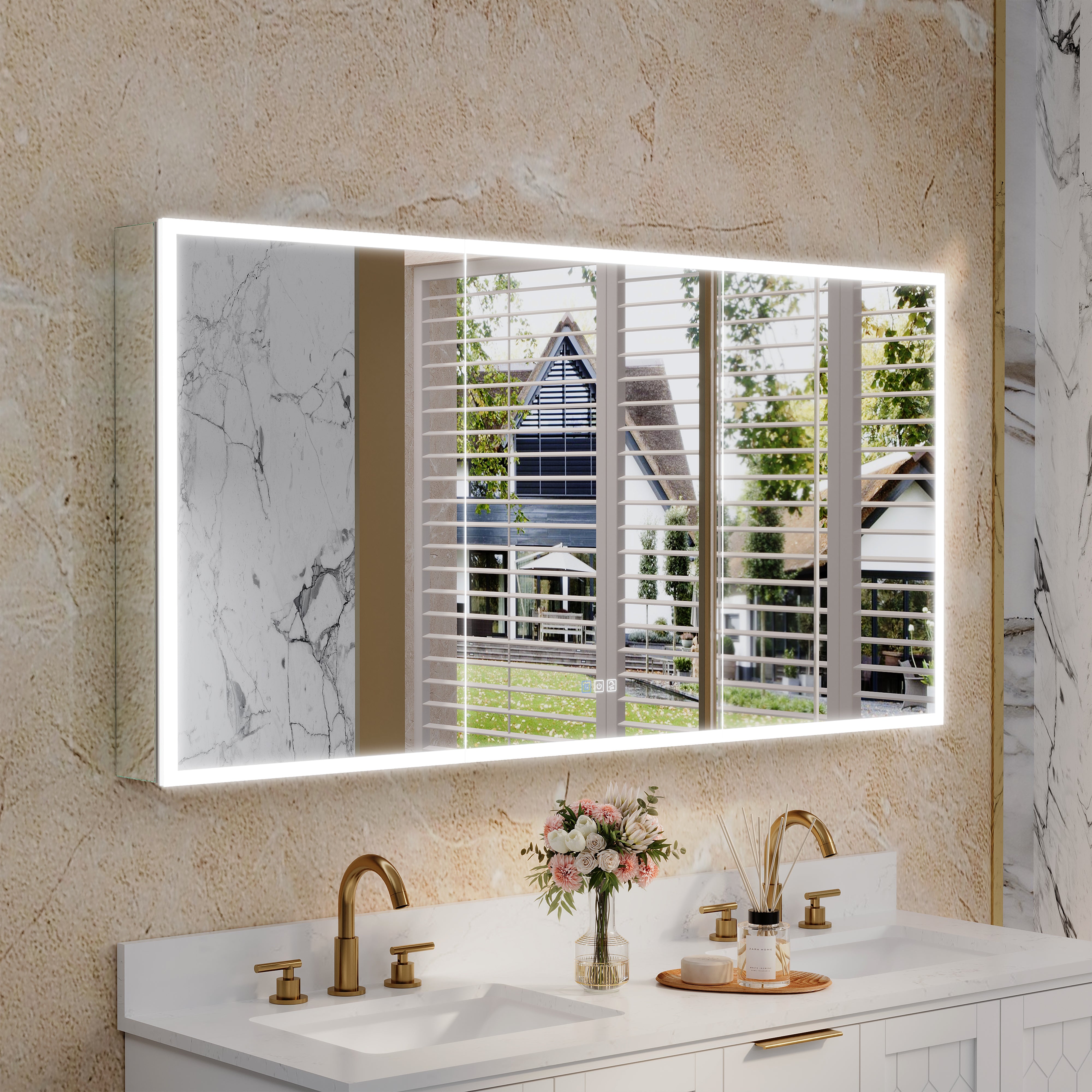
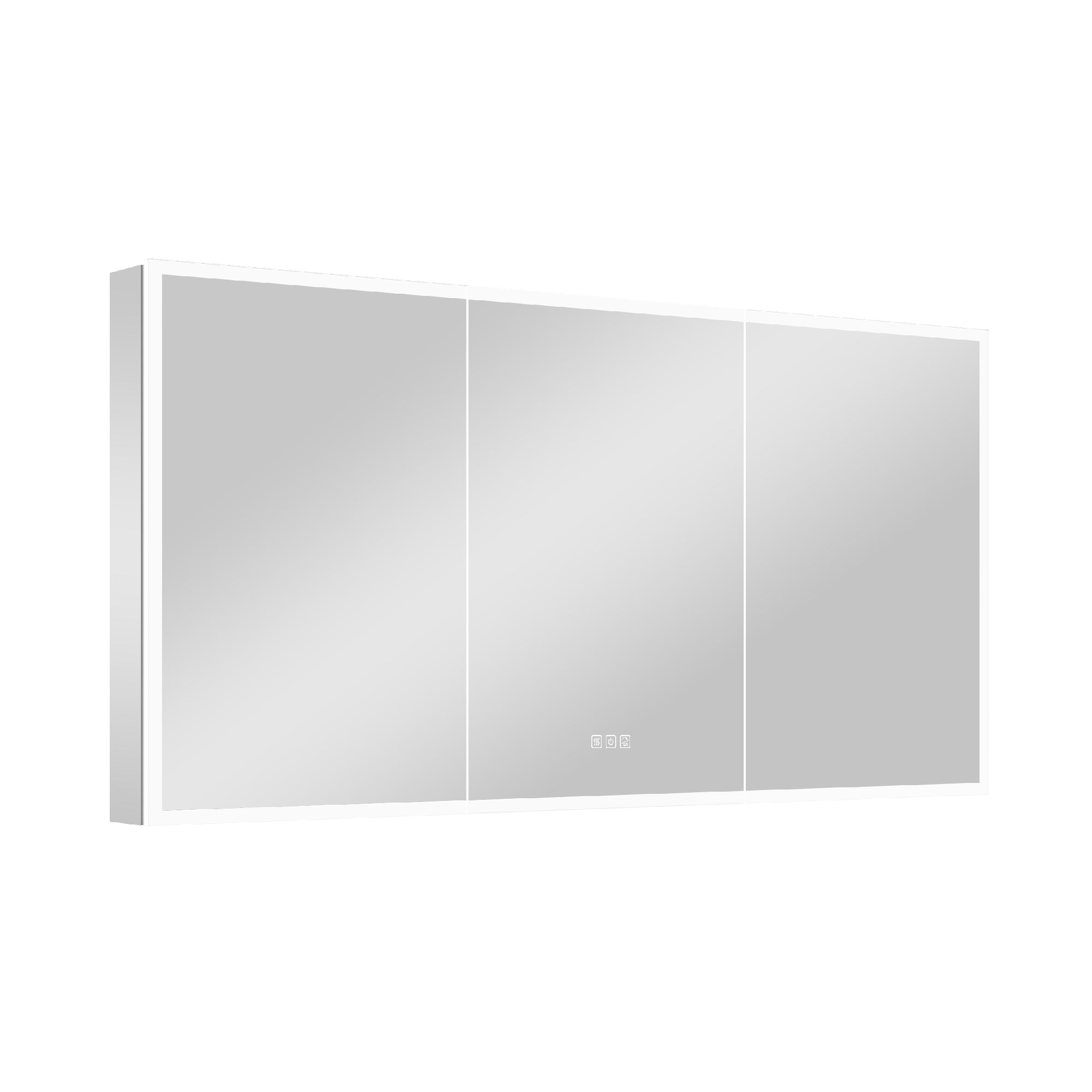
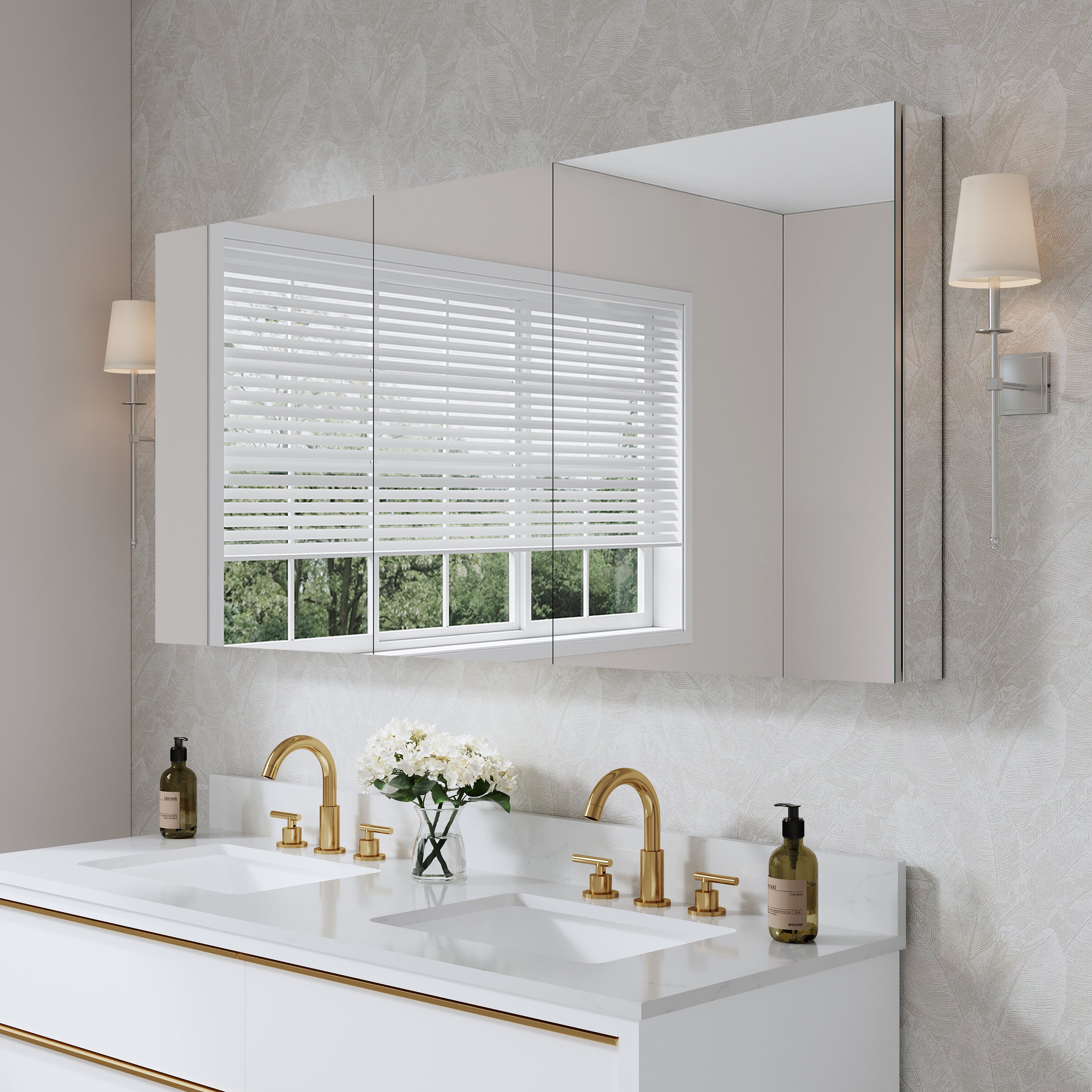

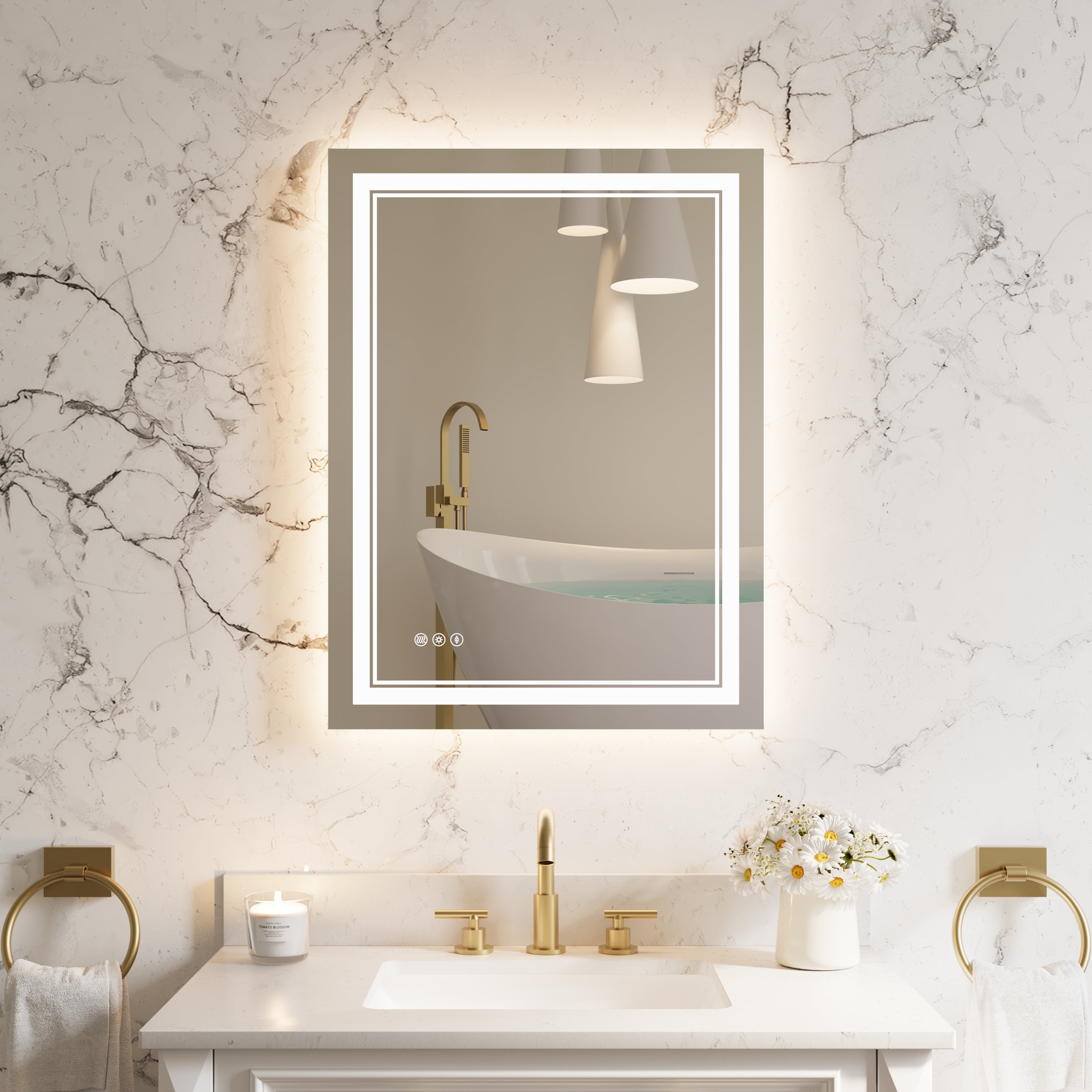
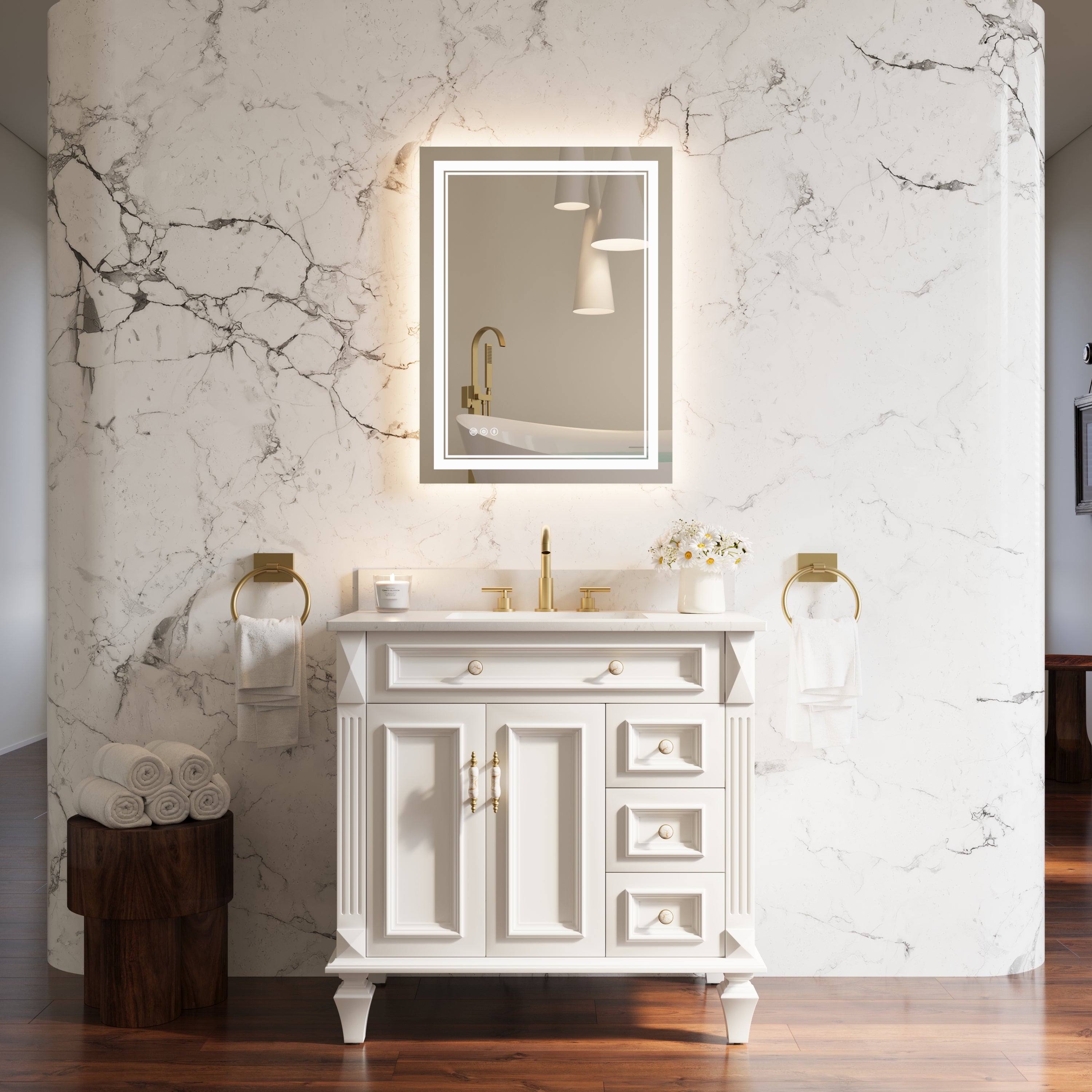
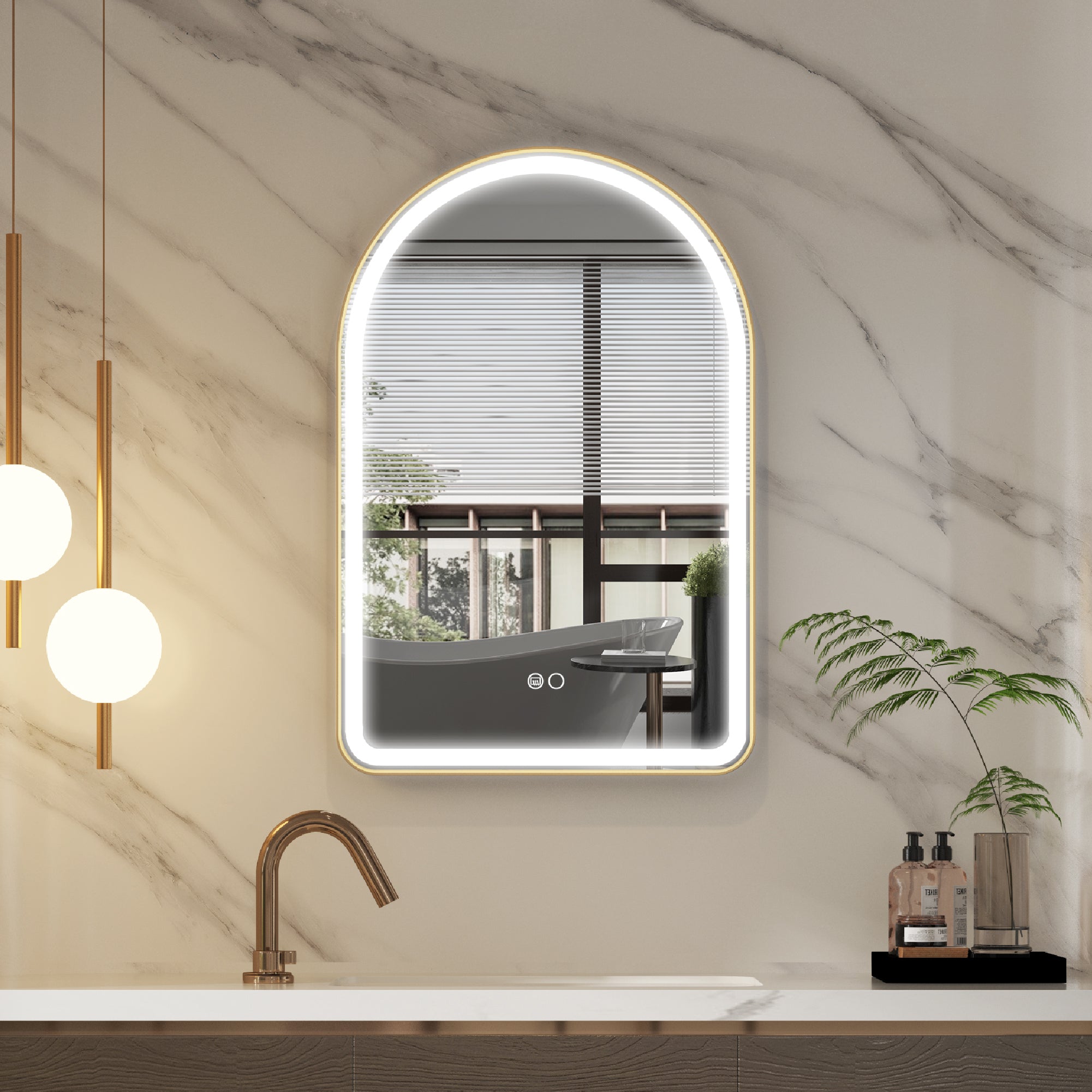
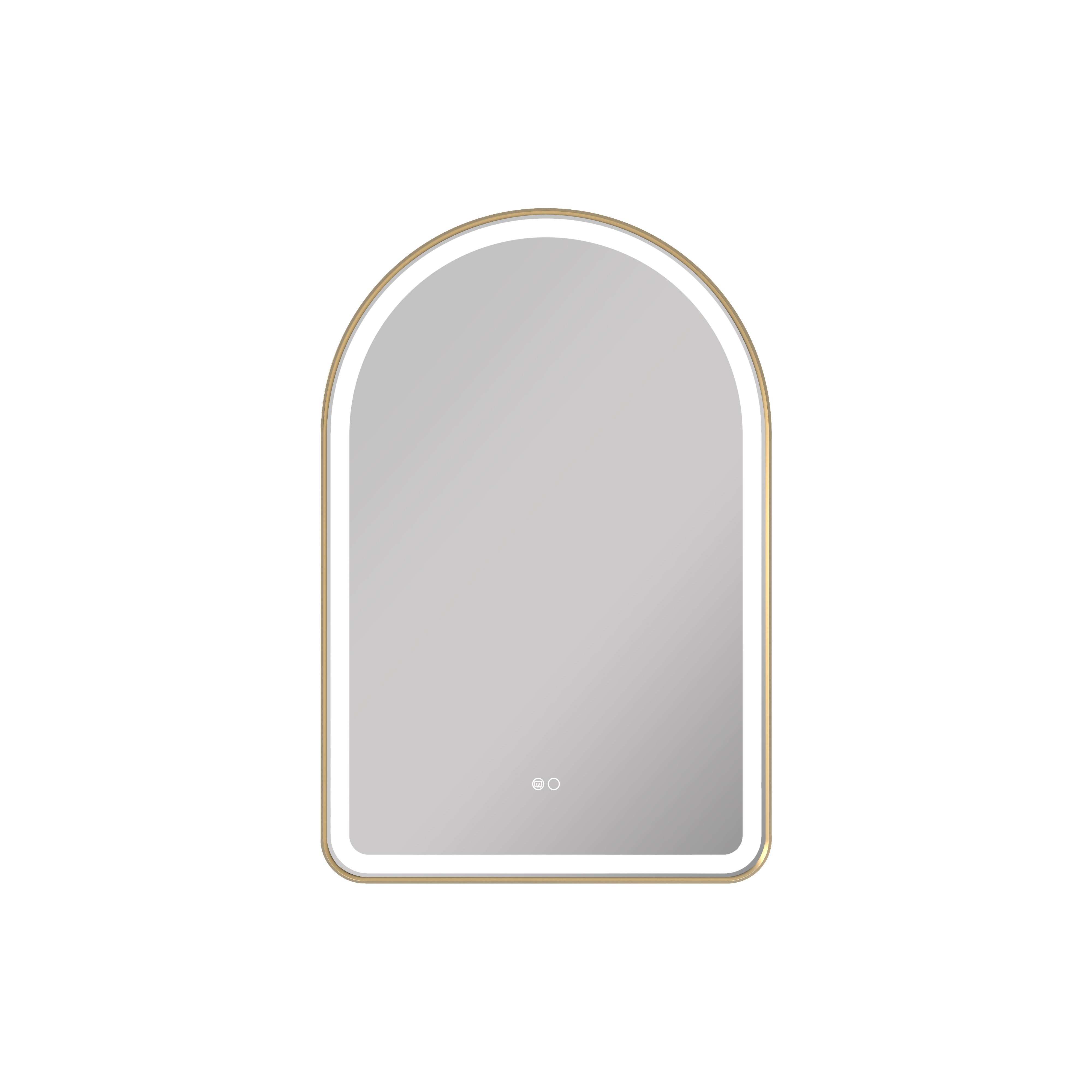
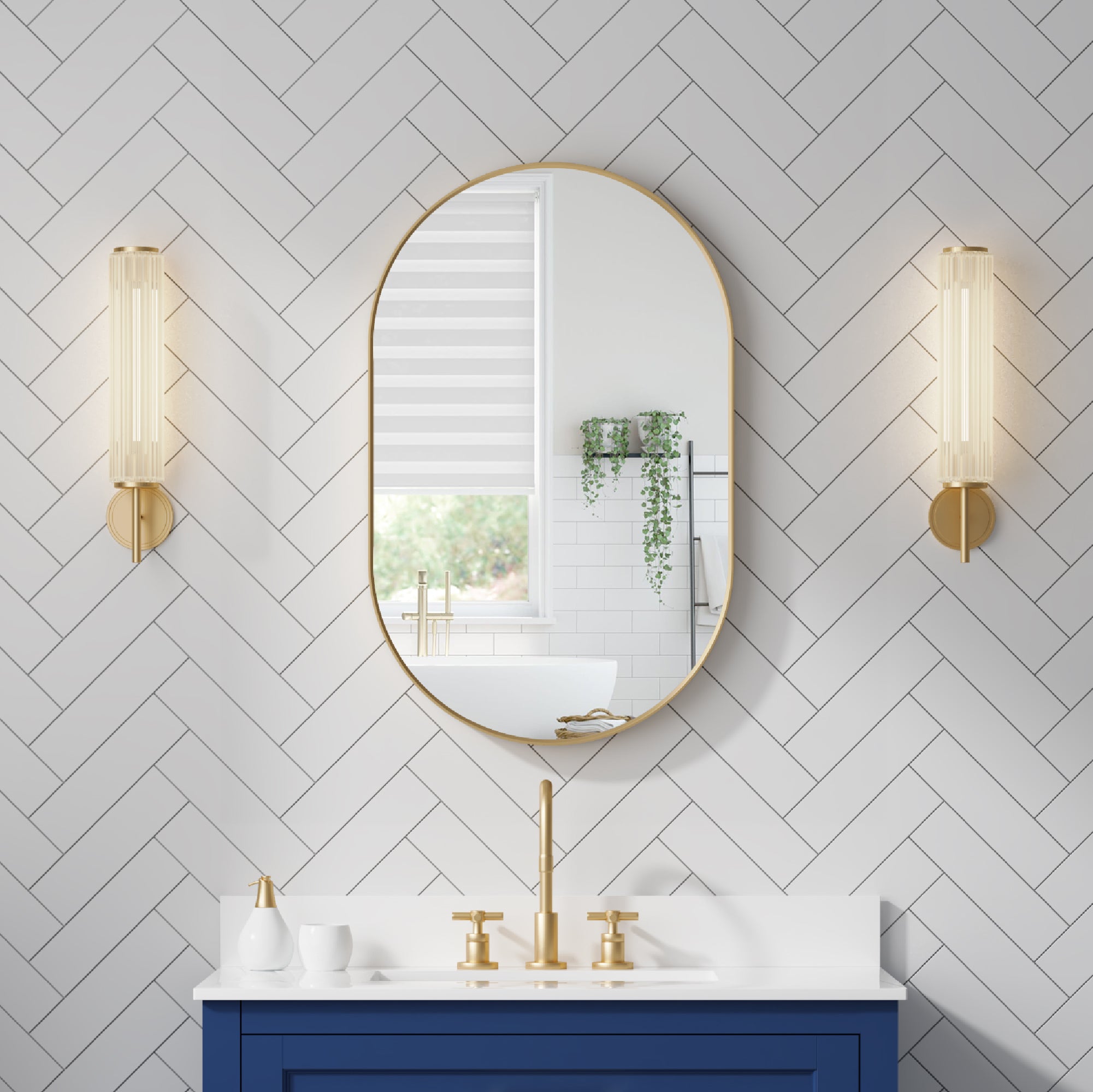
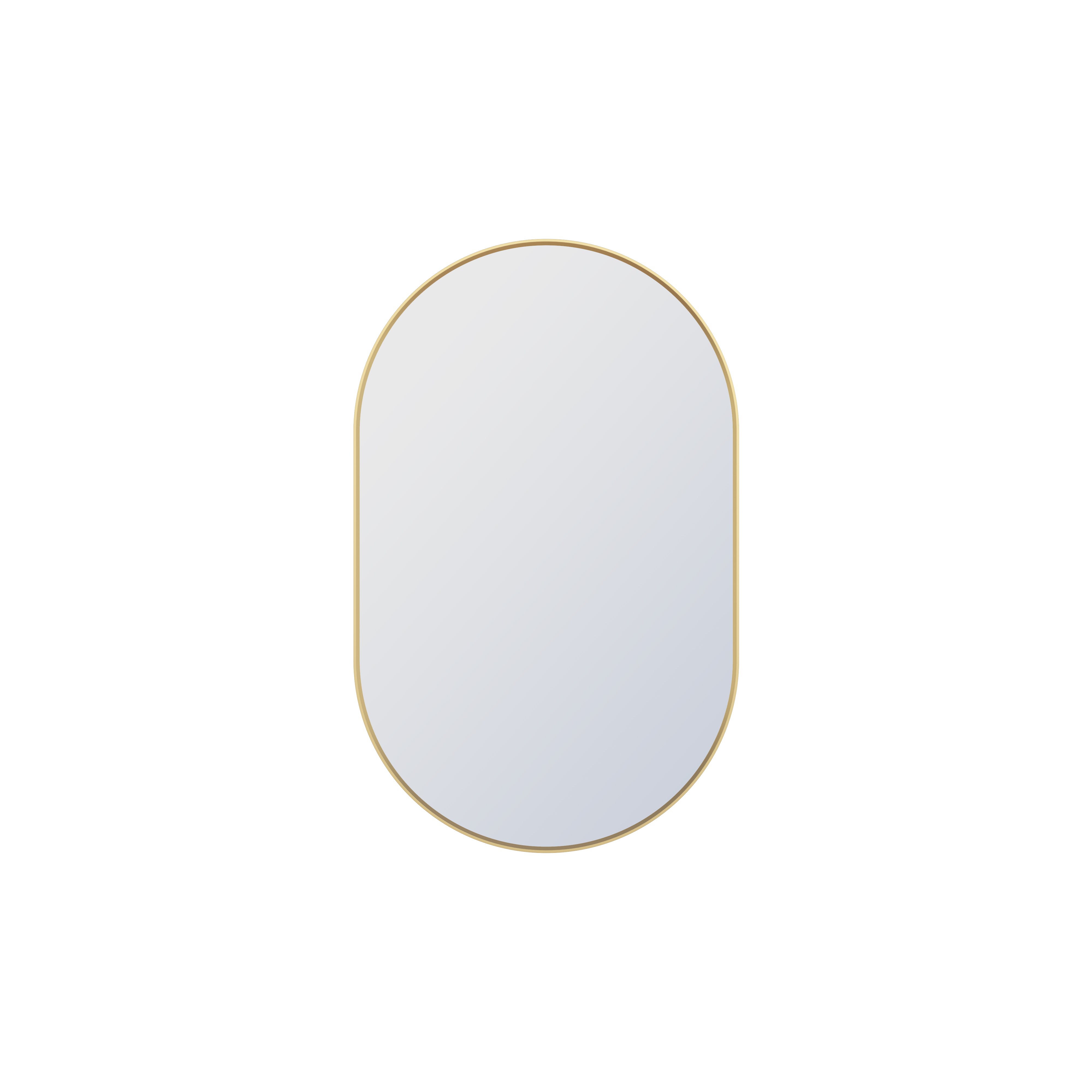


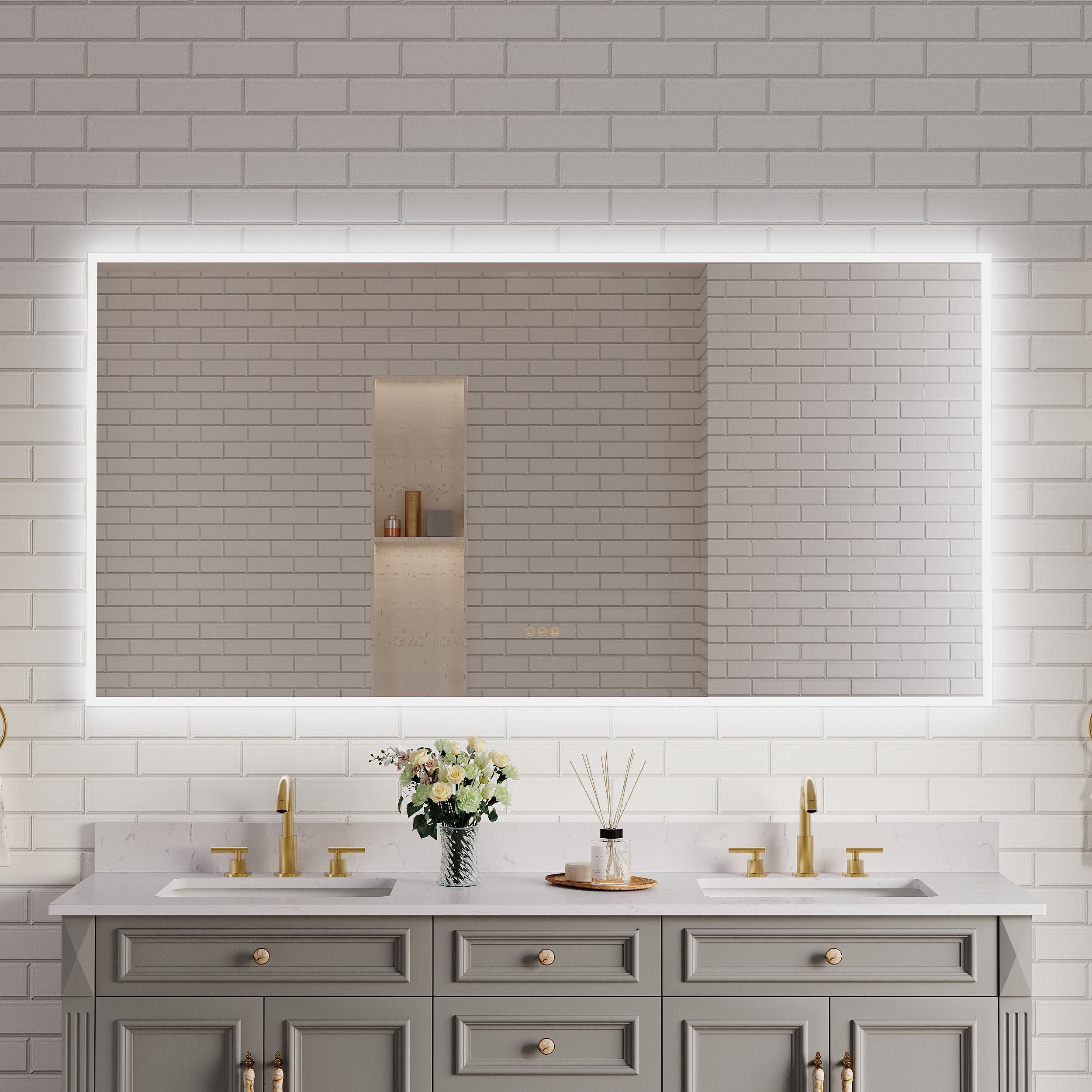





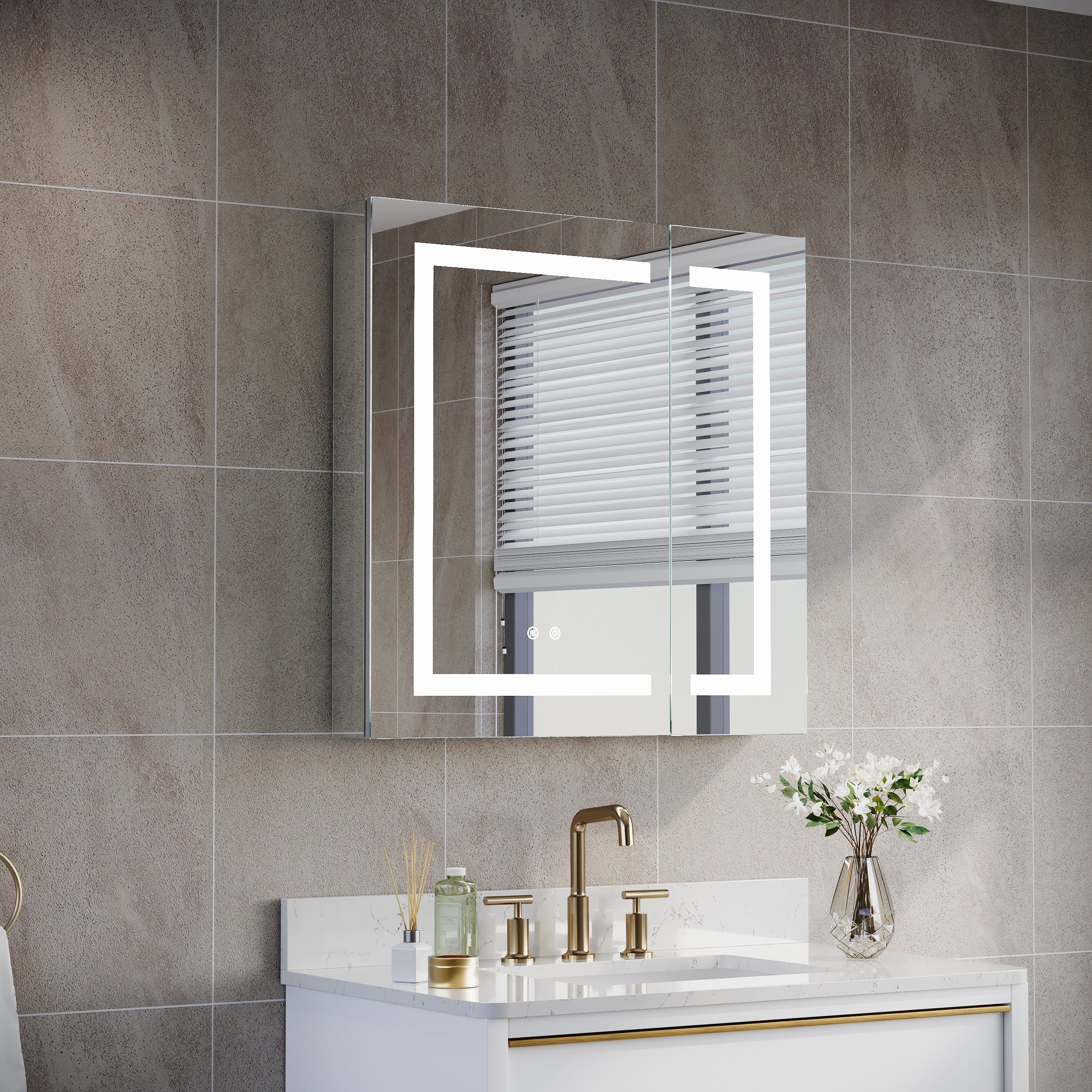
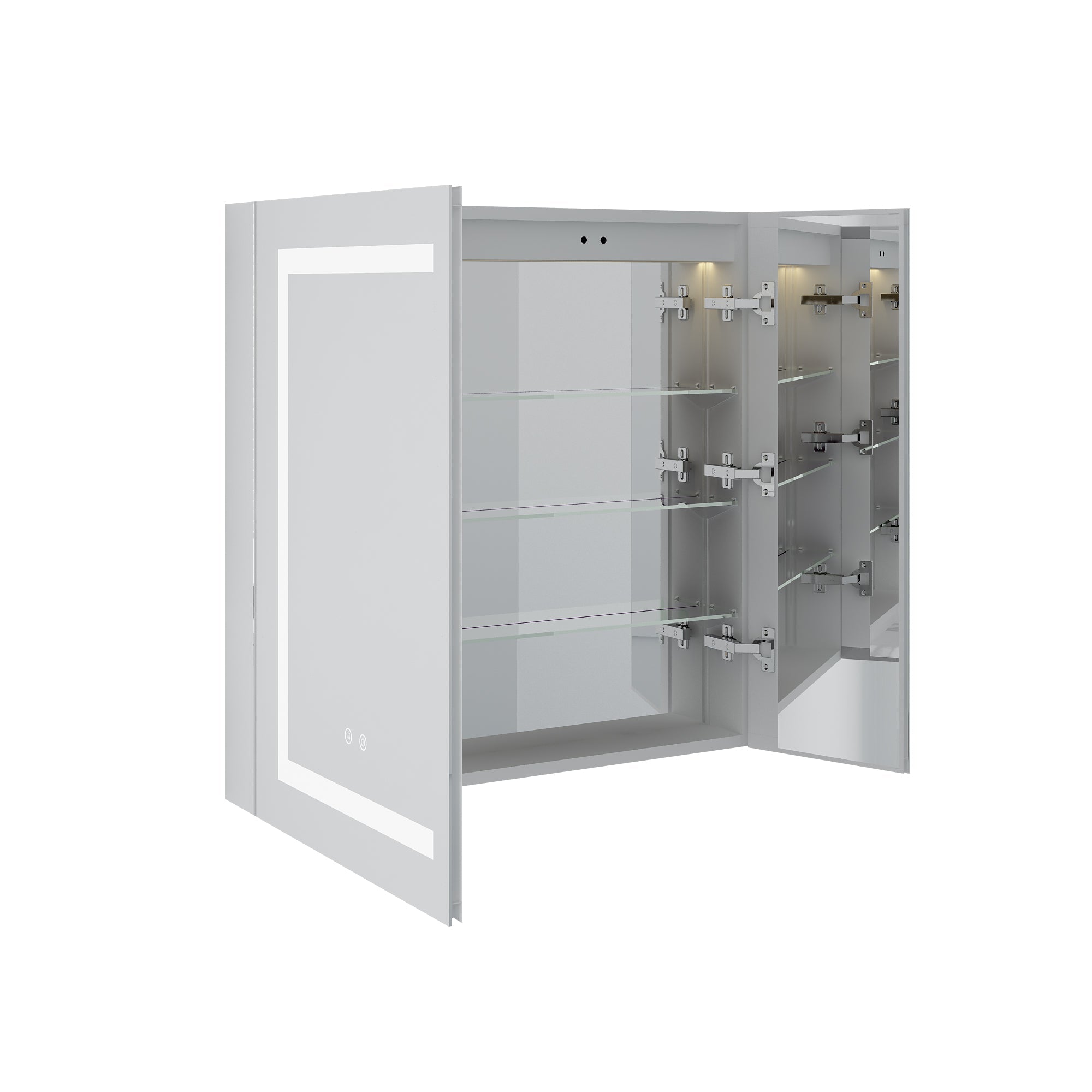




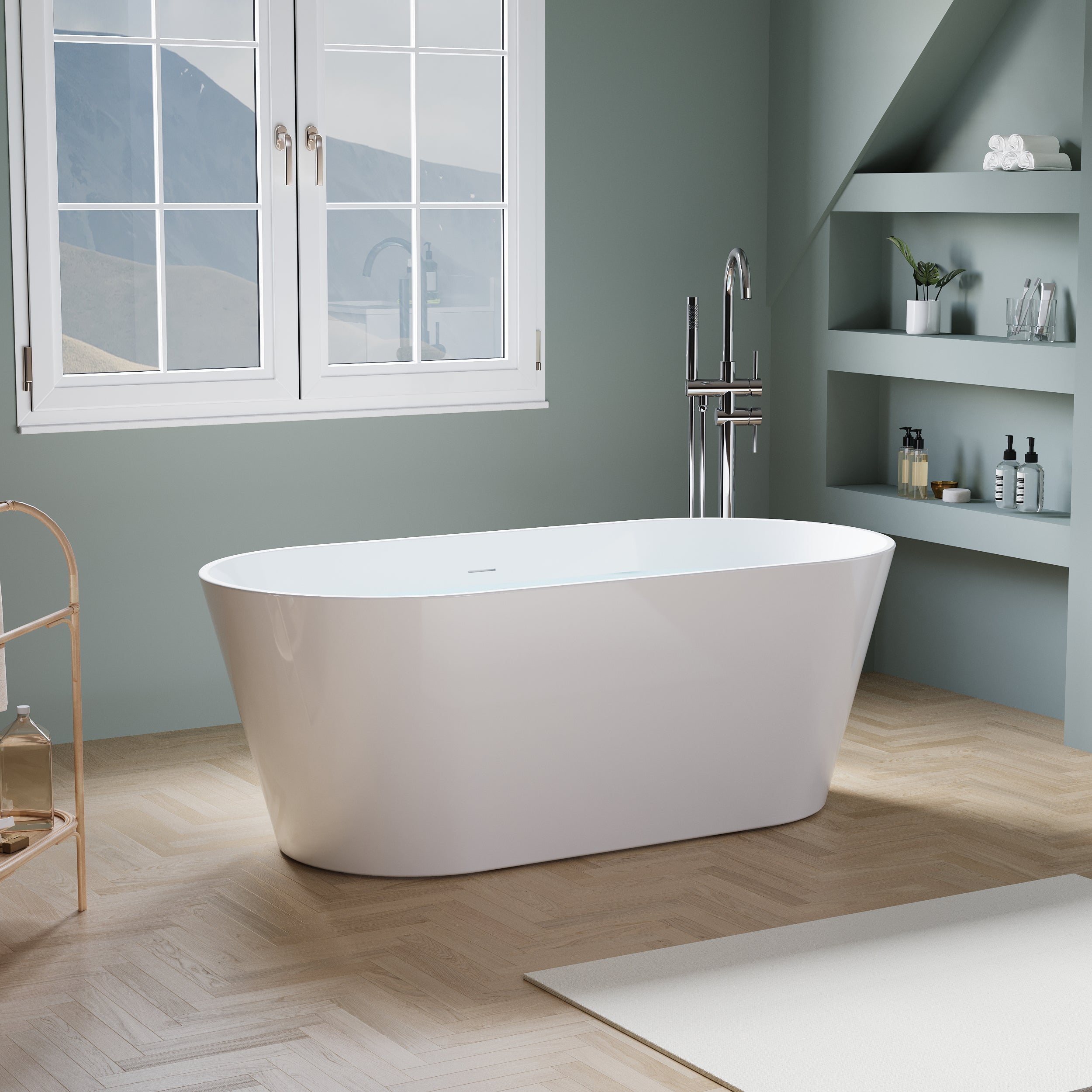
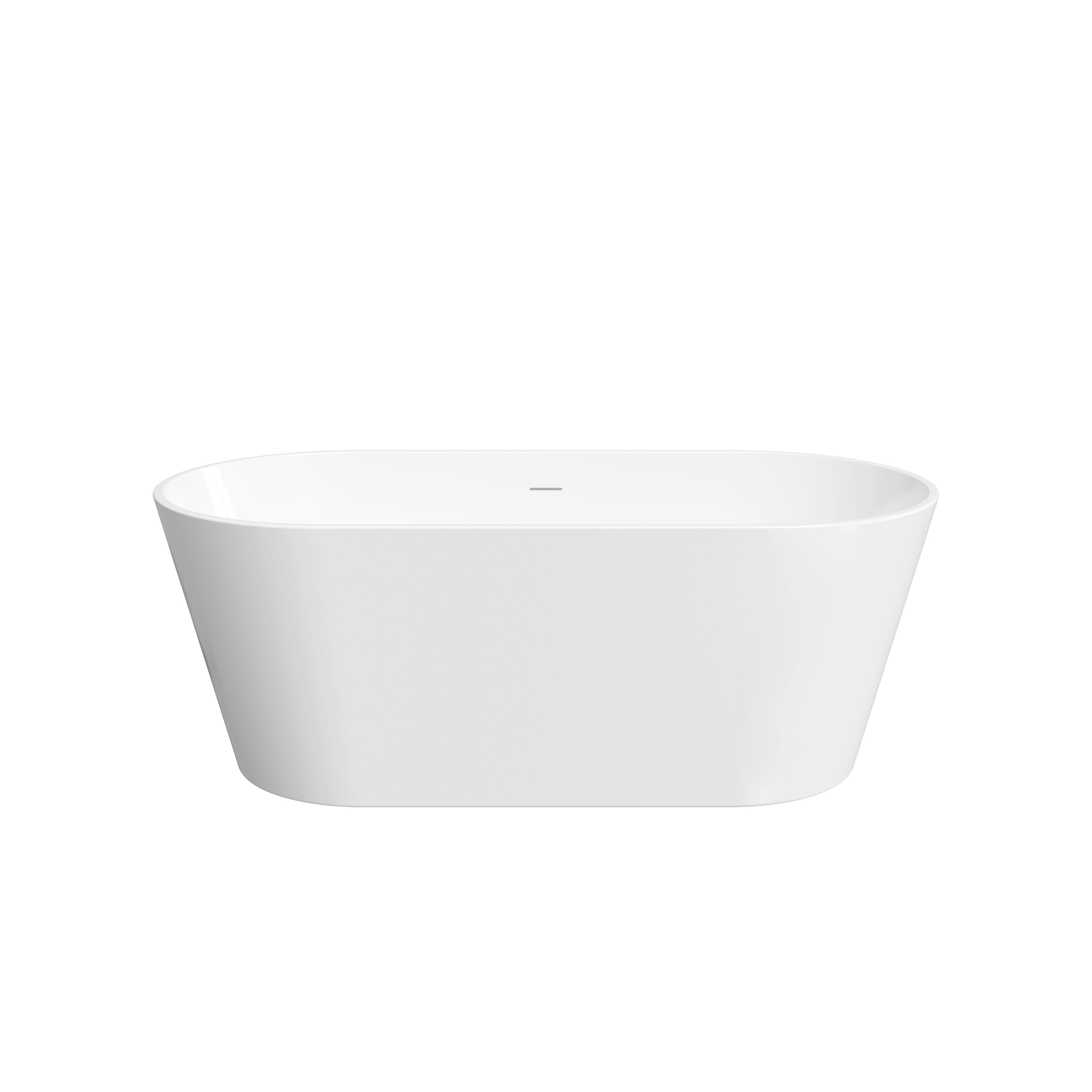


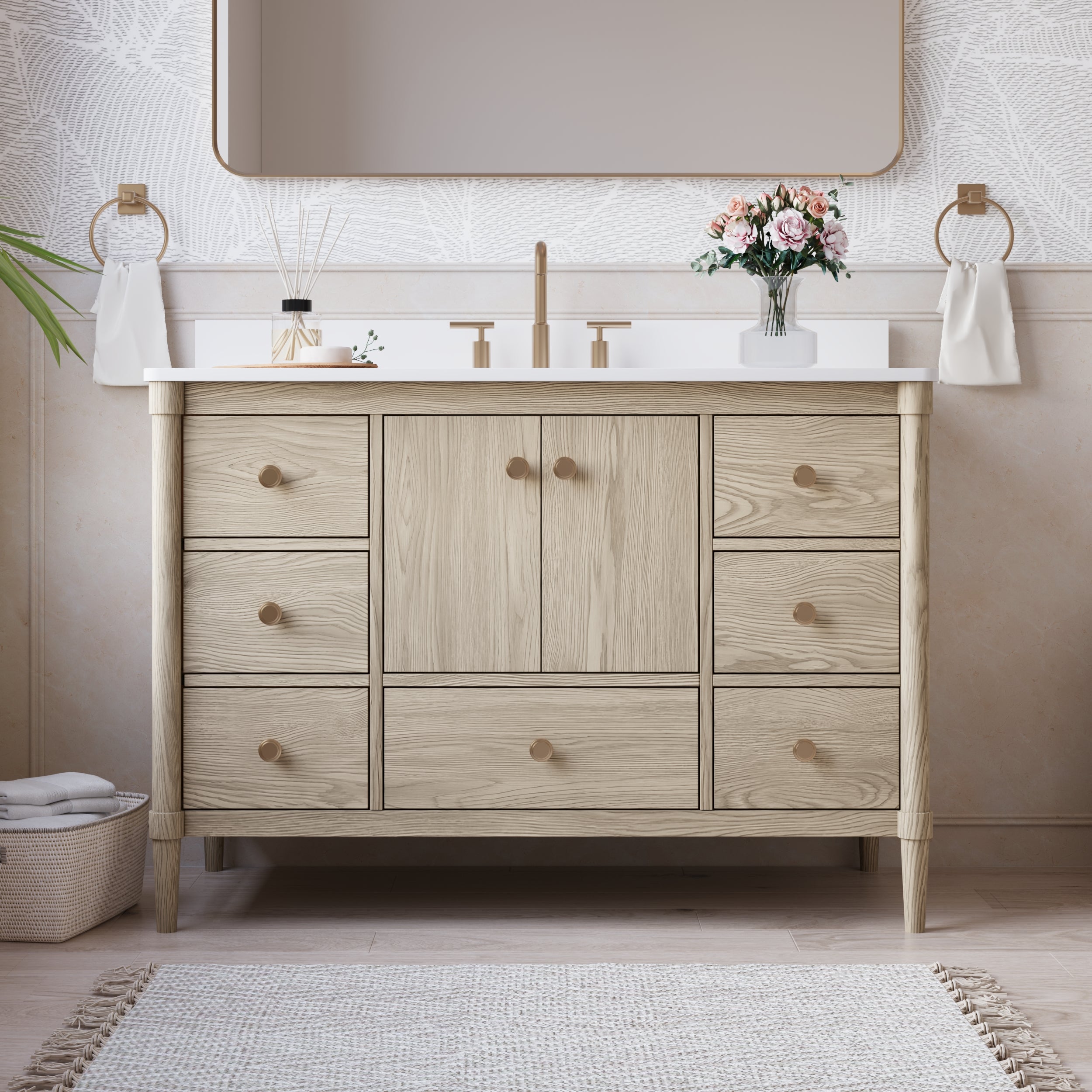
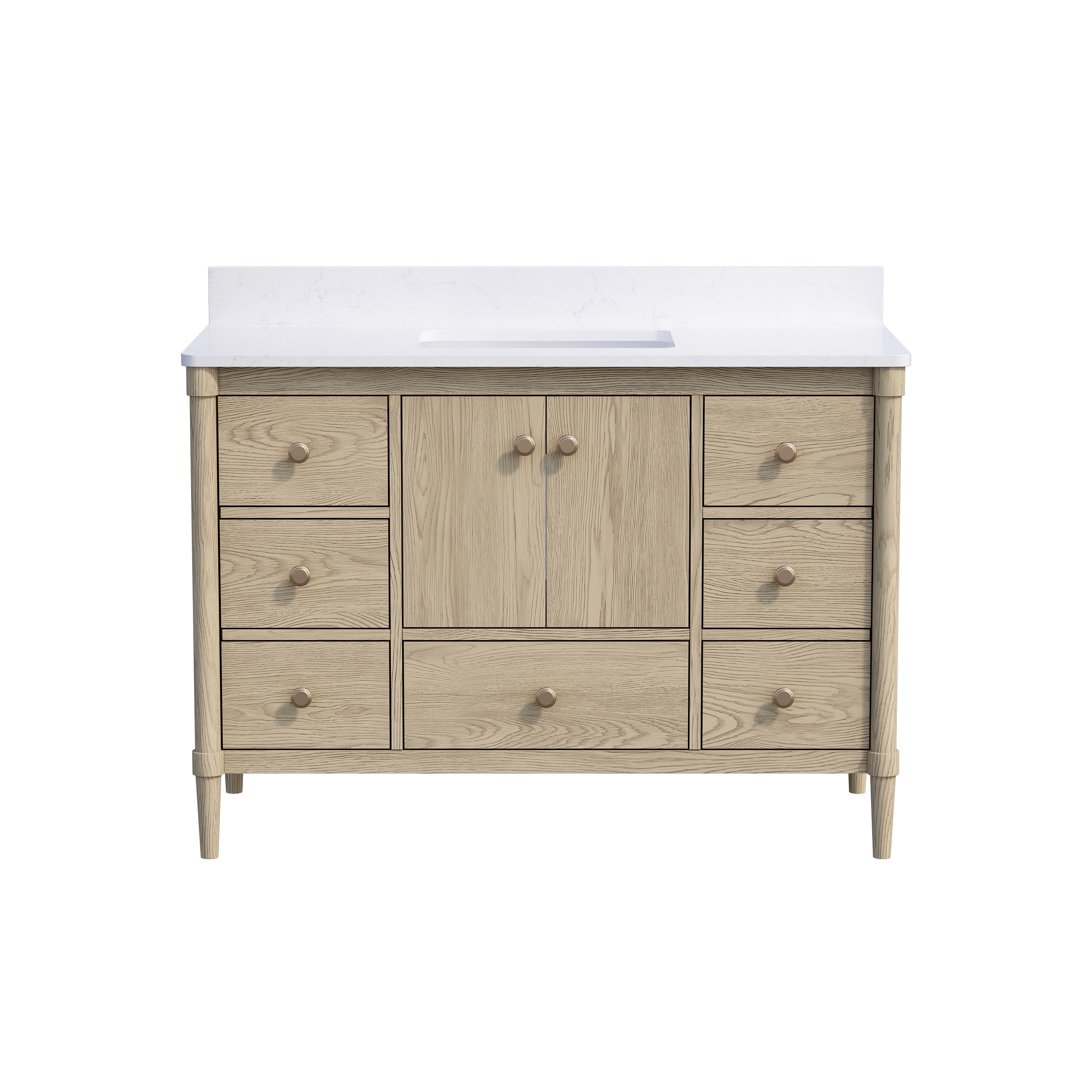
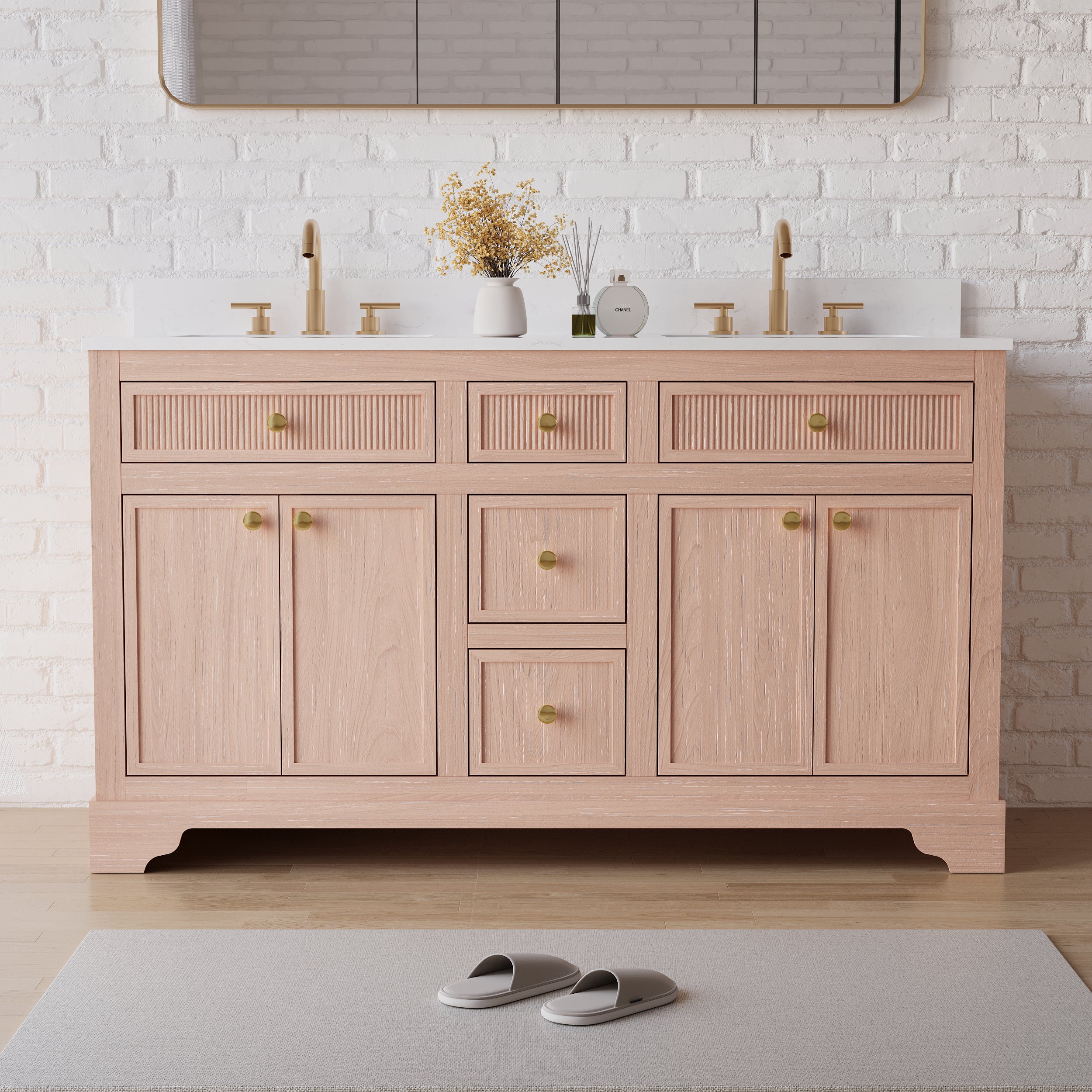
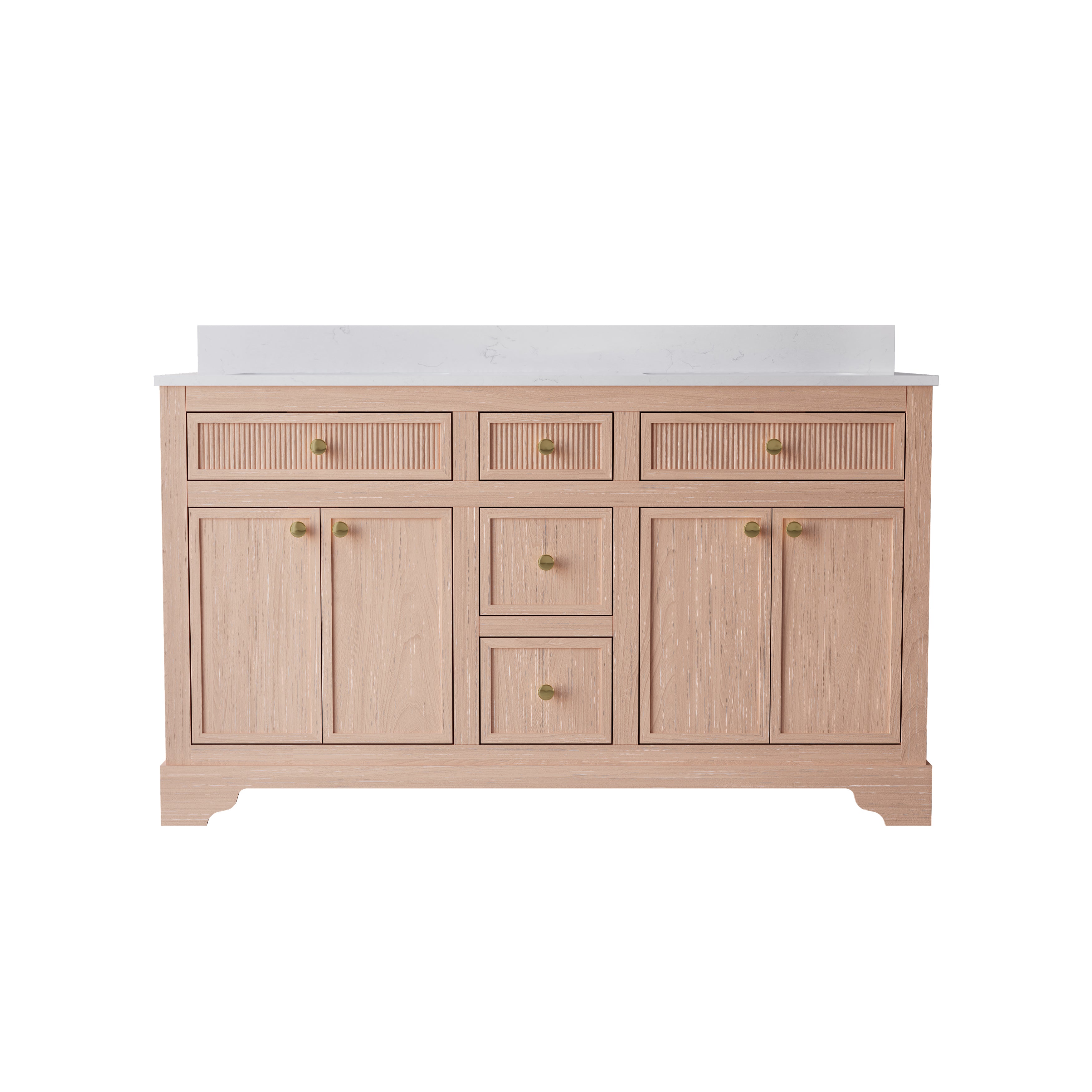
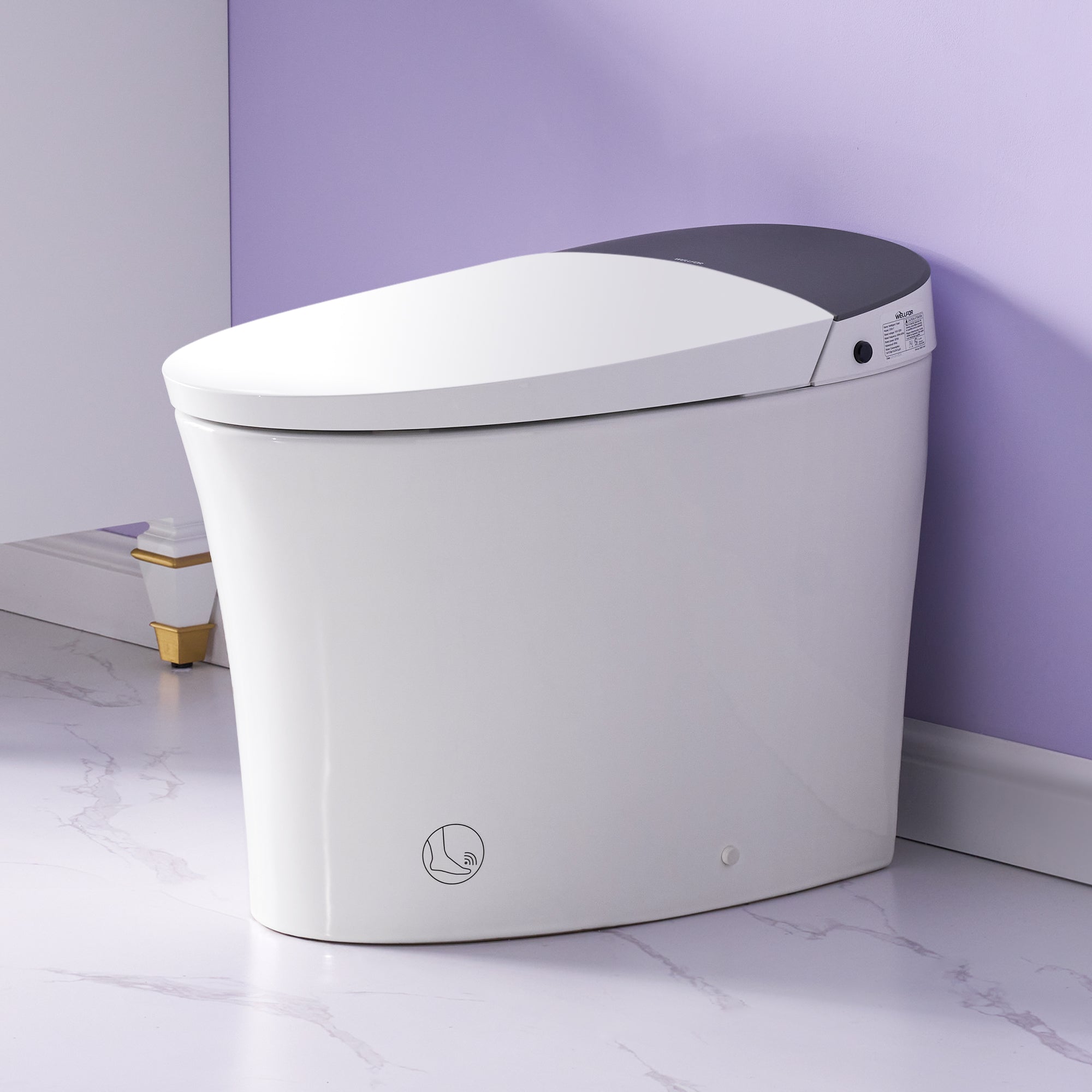
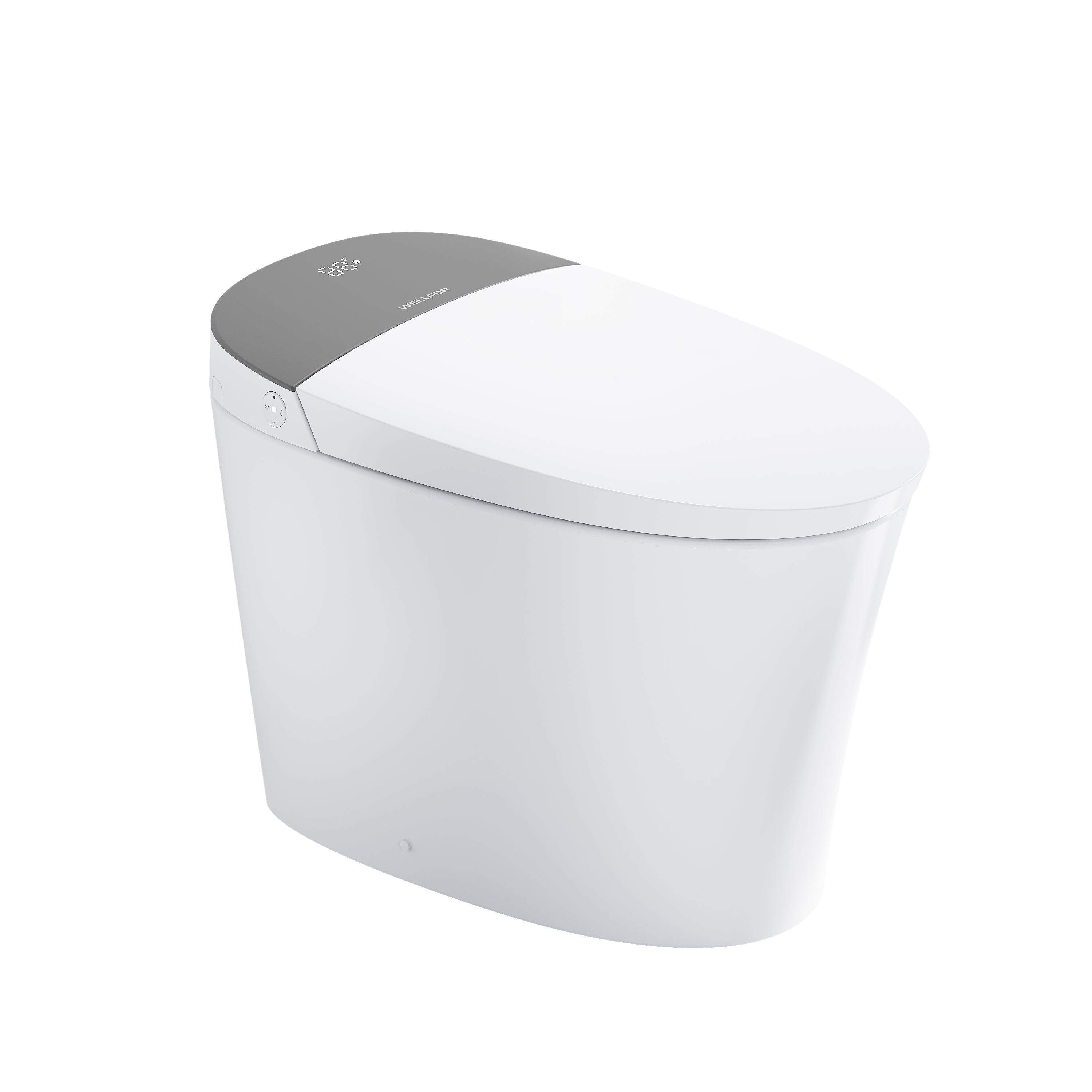
Leave a comment
This site is protected by hCaptcha and the hCaptcha Privacy Policy and Terms of Service apply.